Medical Biotechnology Insulin — první gen biotech

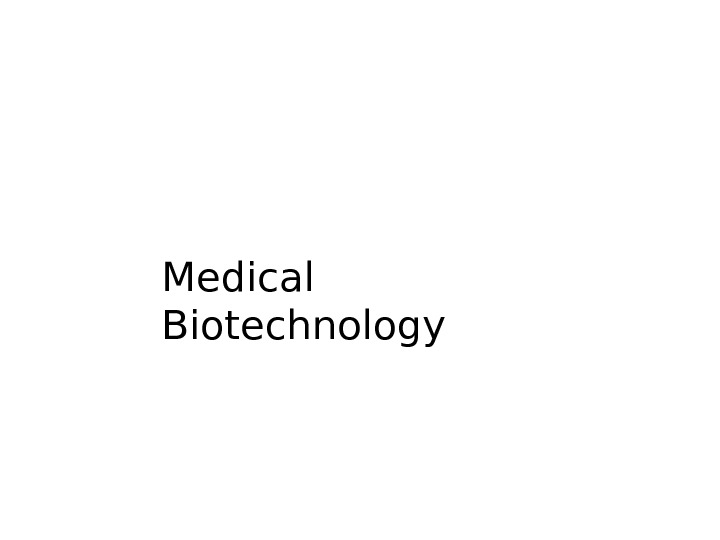
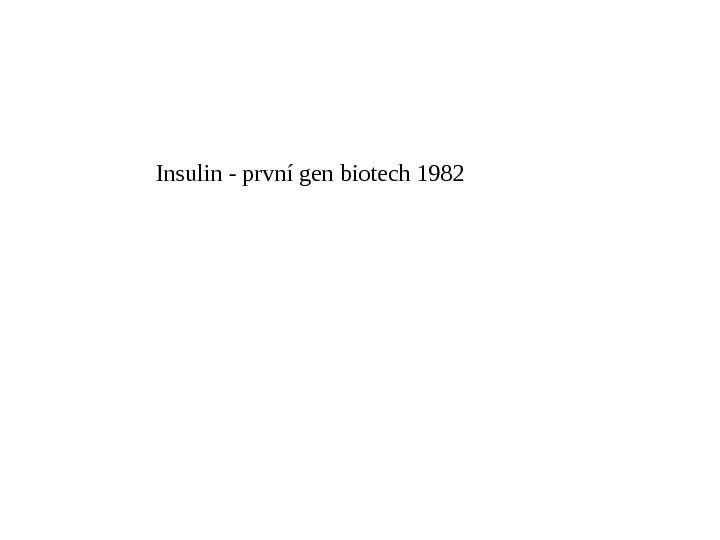
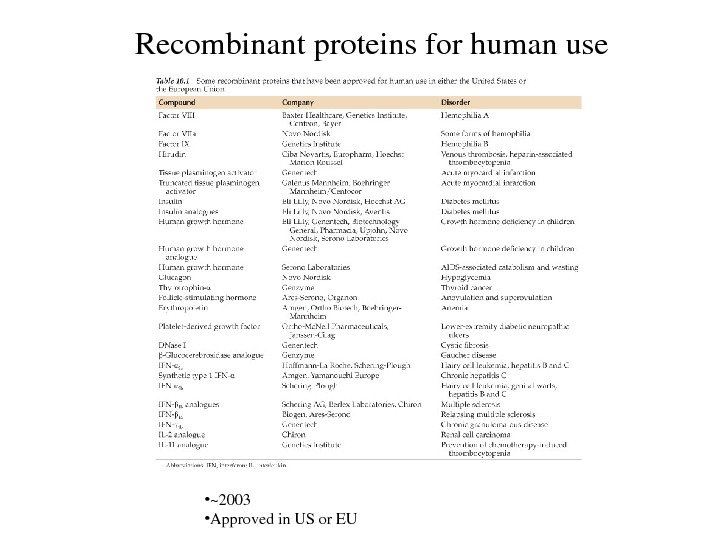

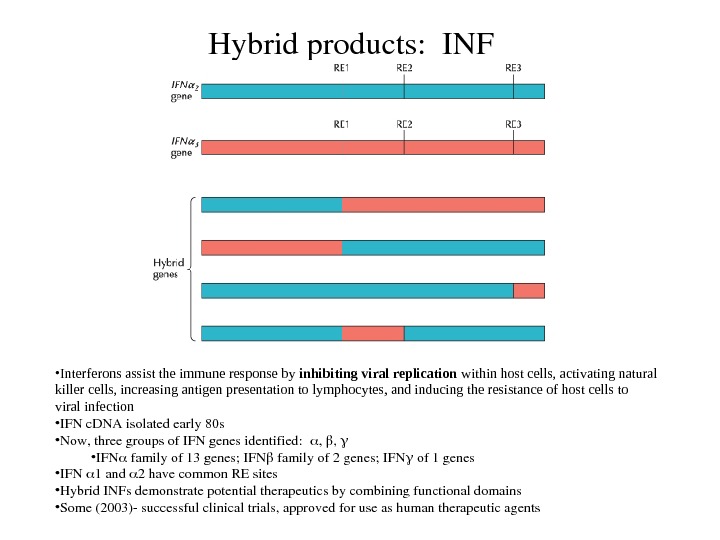
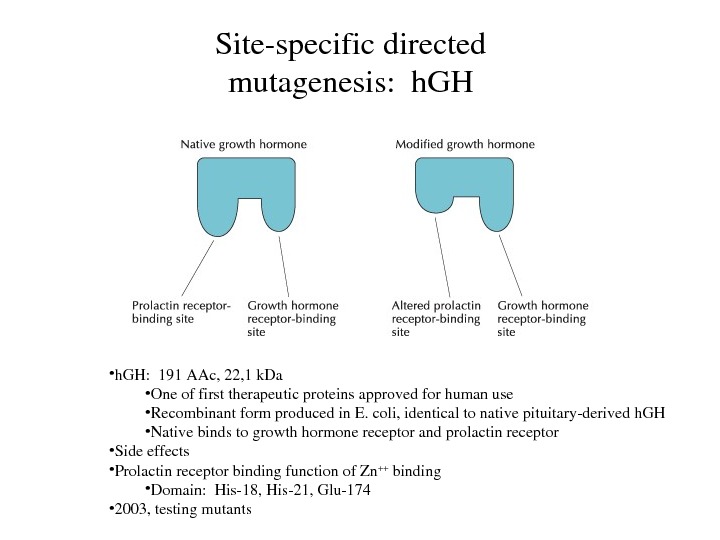
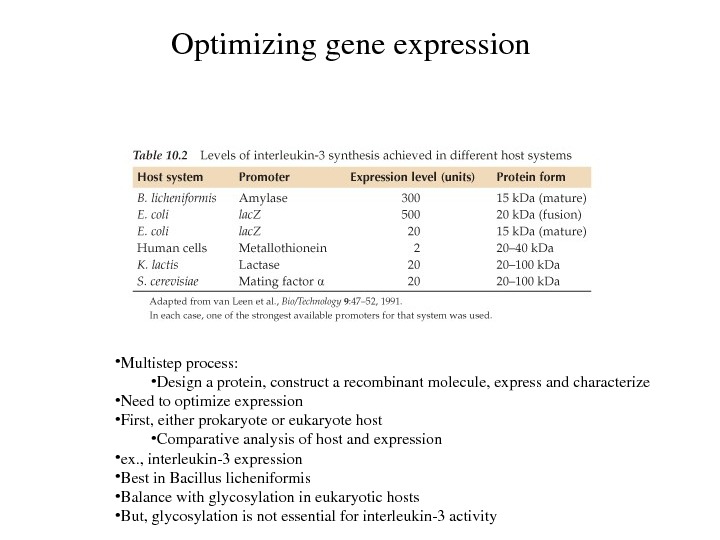
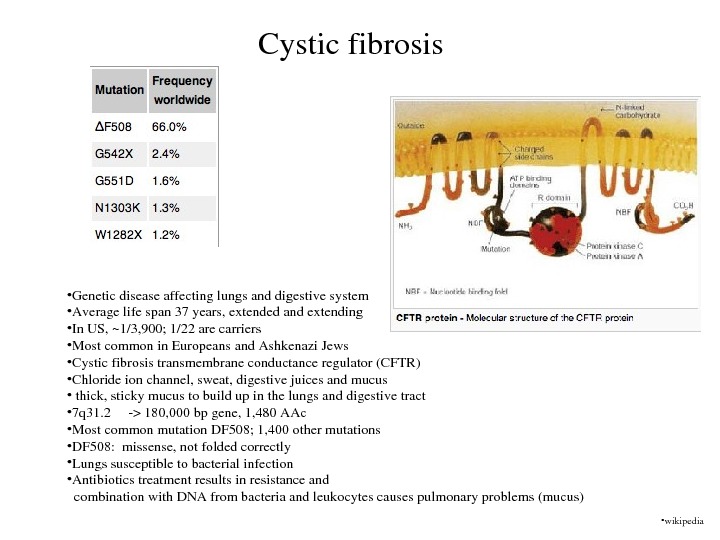
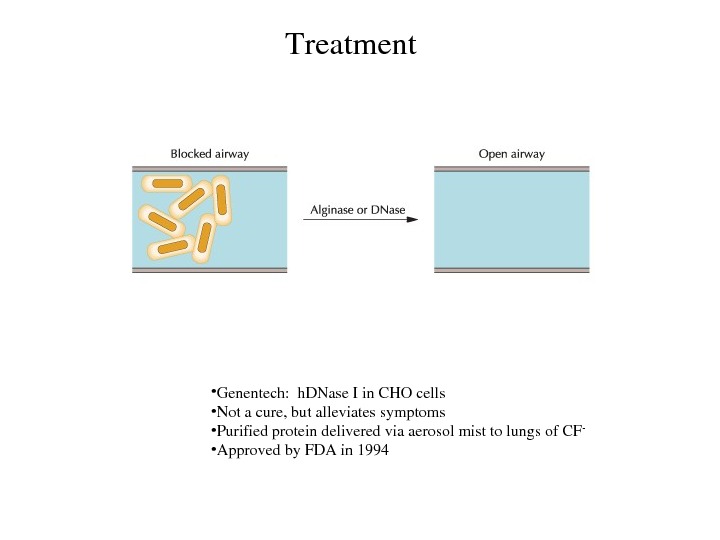
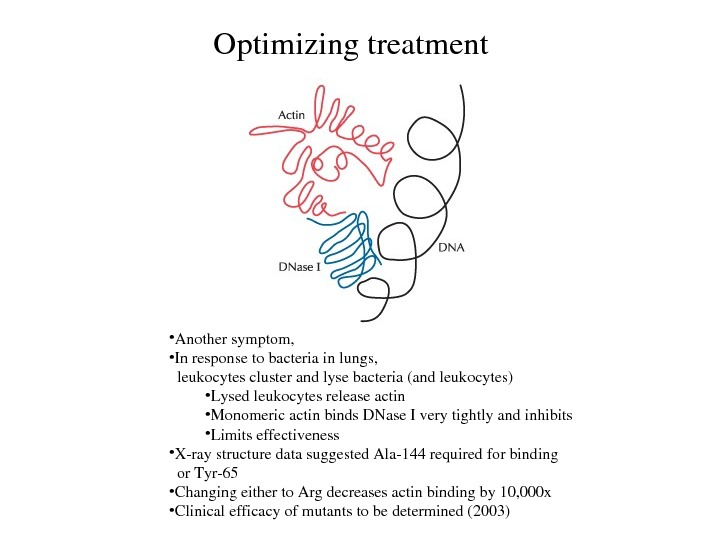
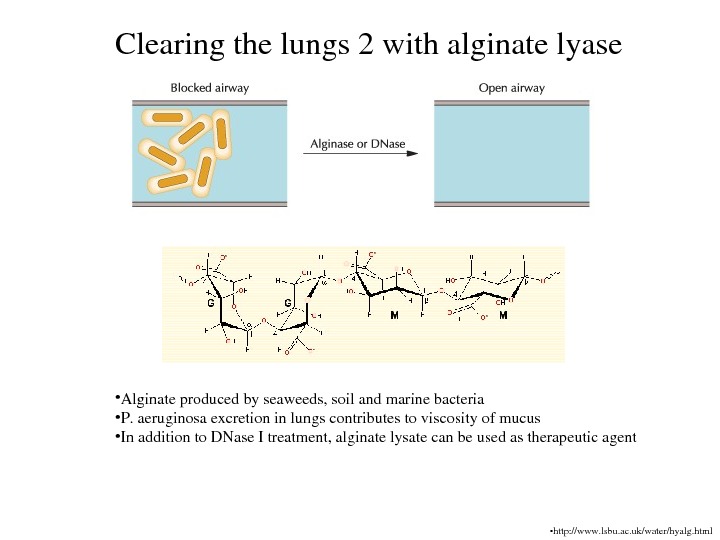
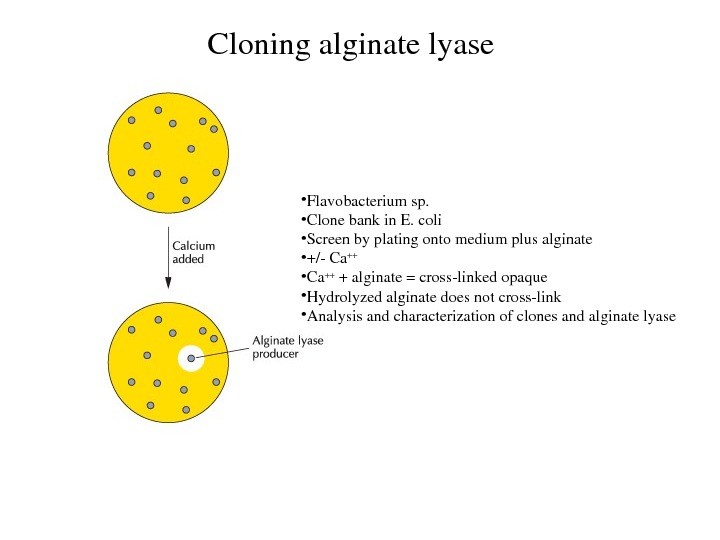
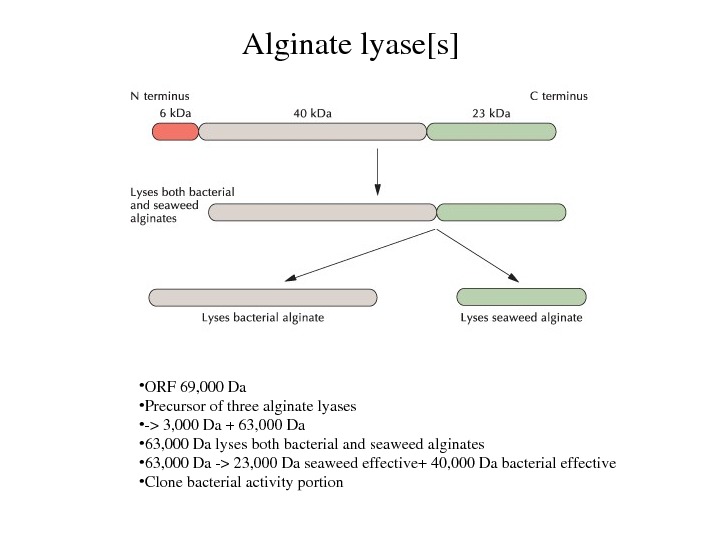
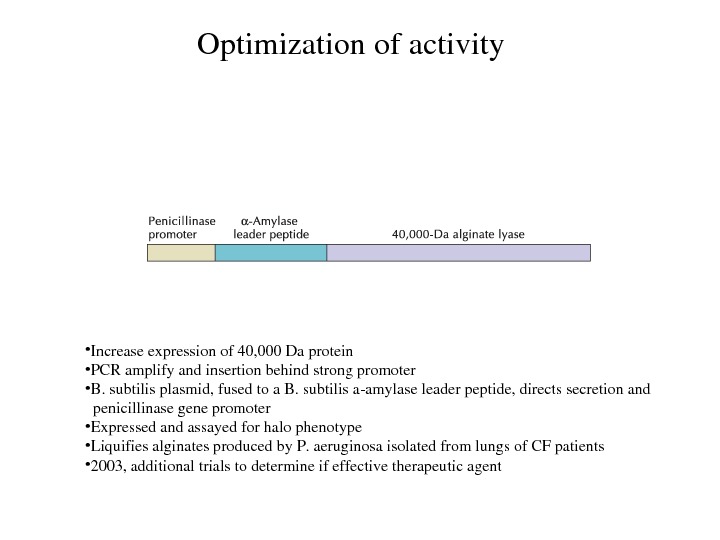
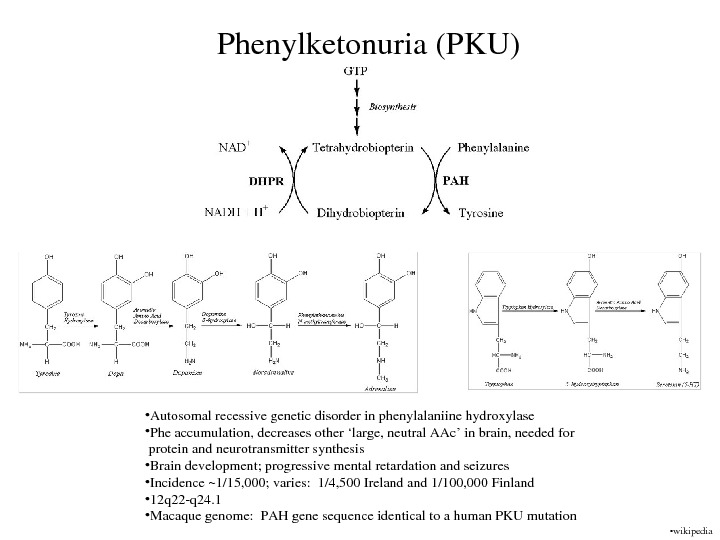
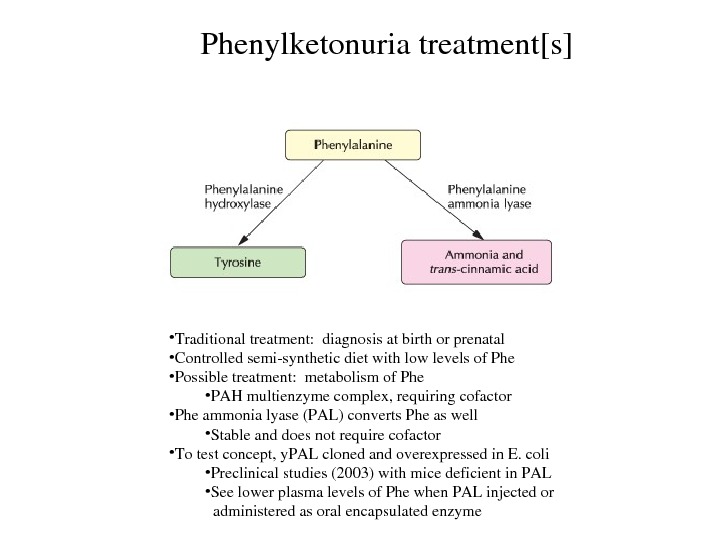

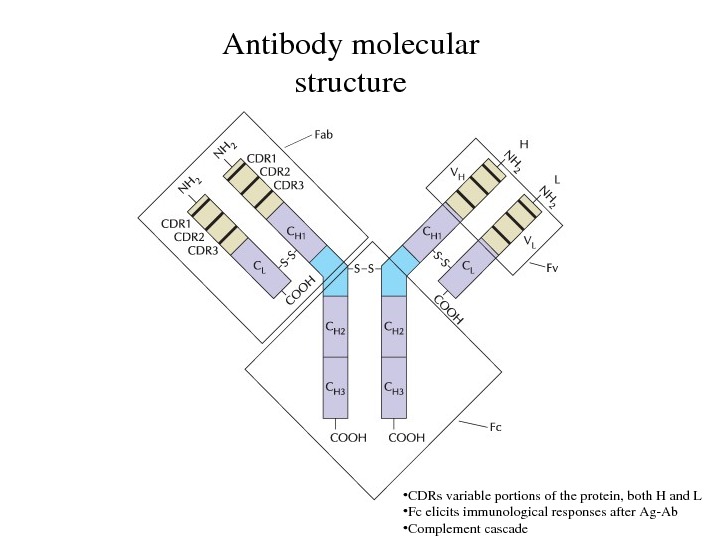
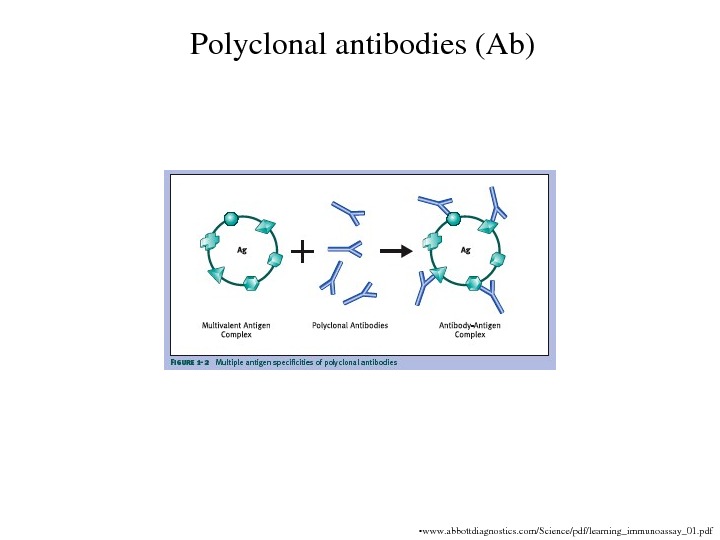
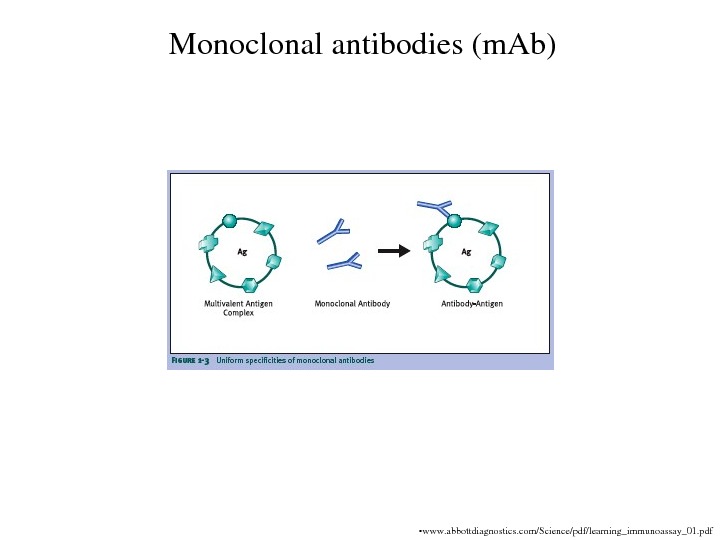
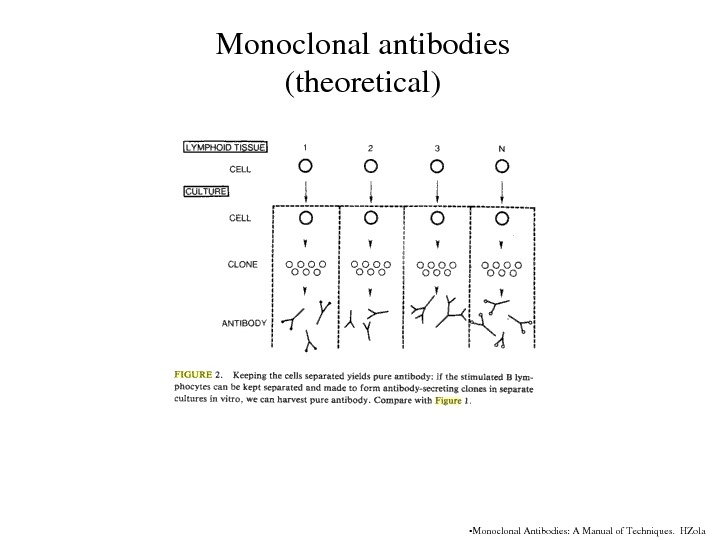
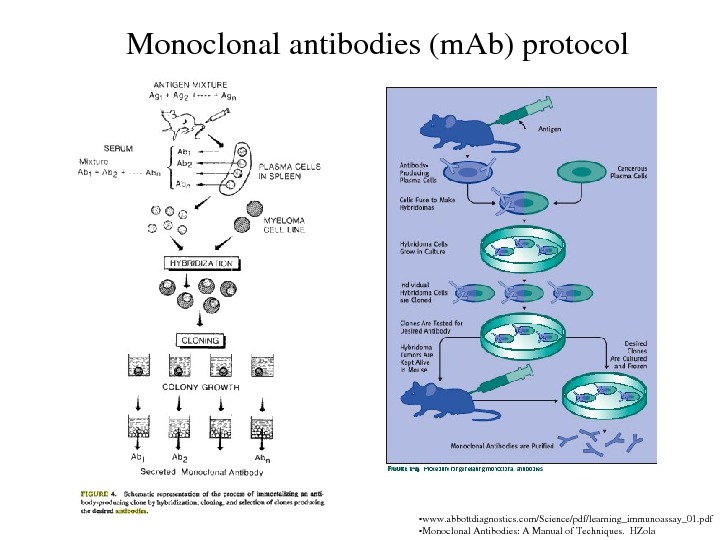
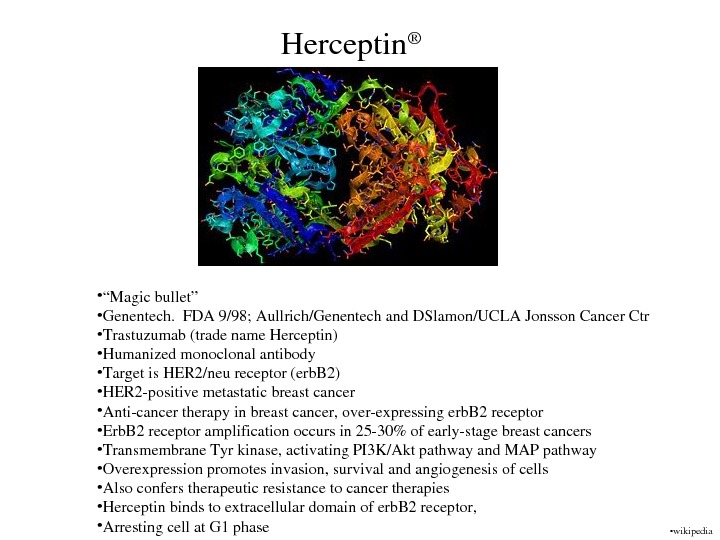
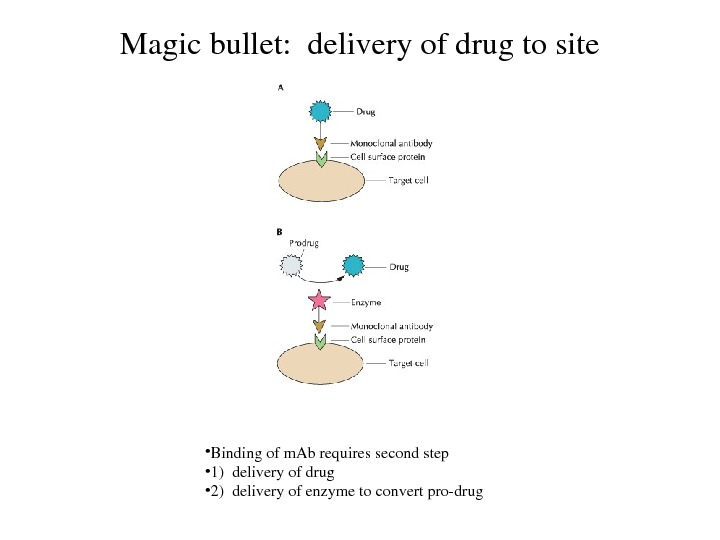
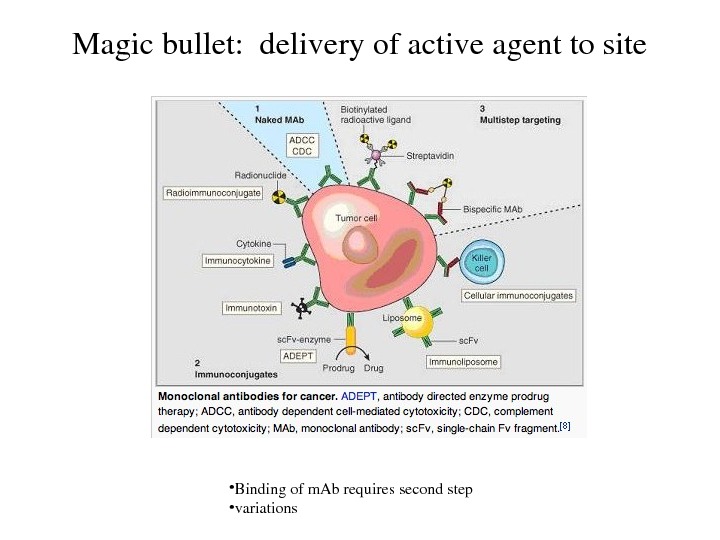
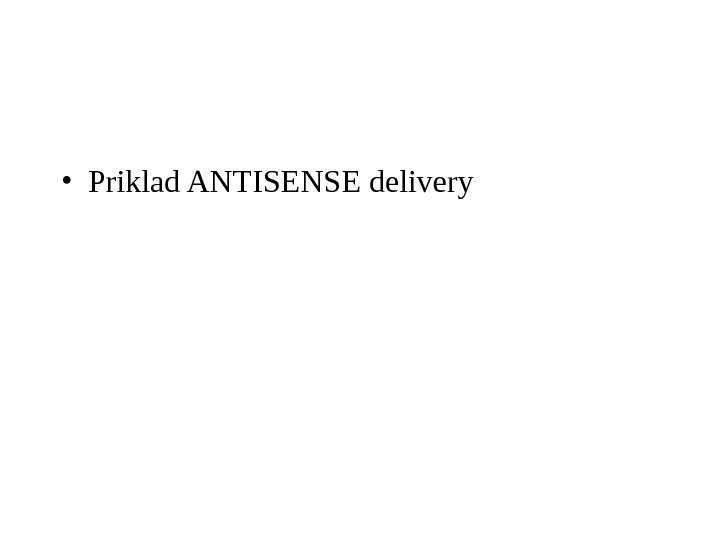
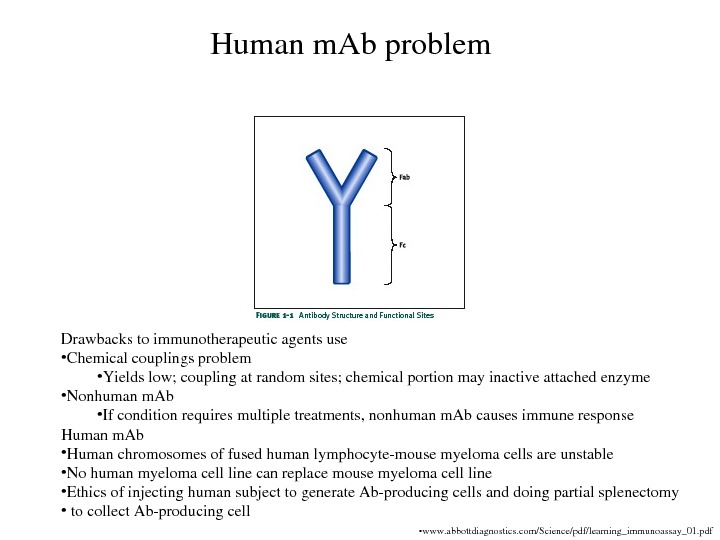
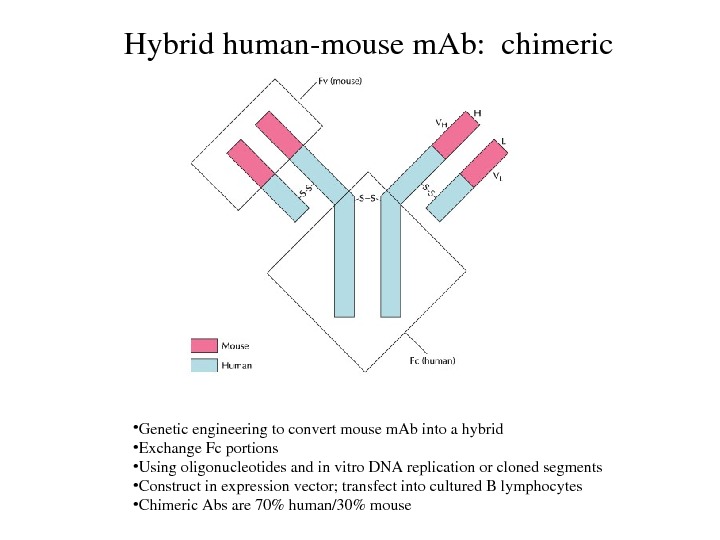
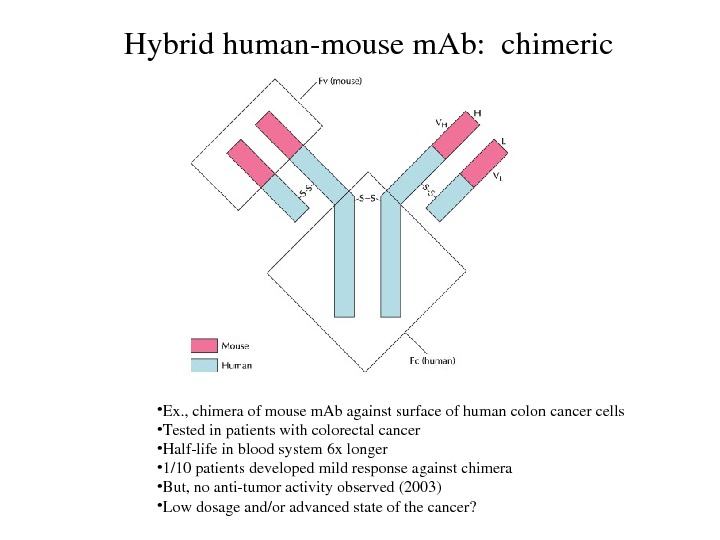

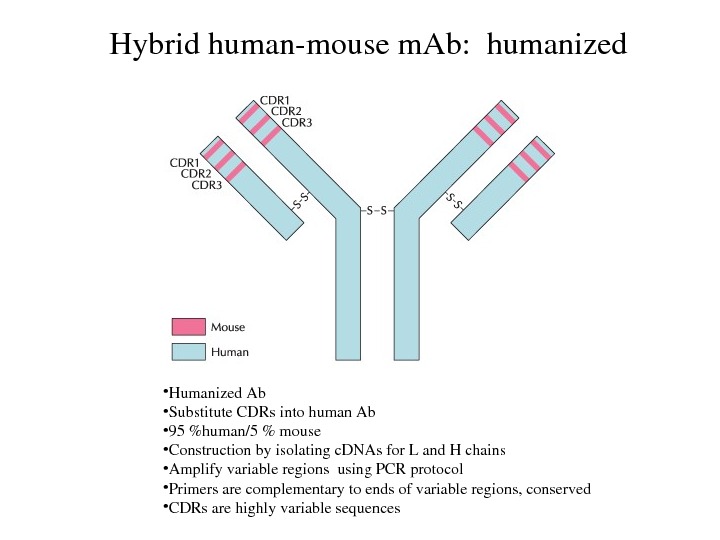
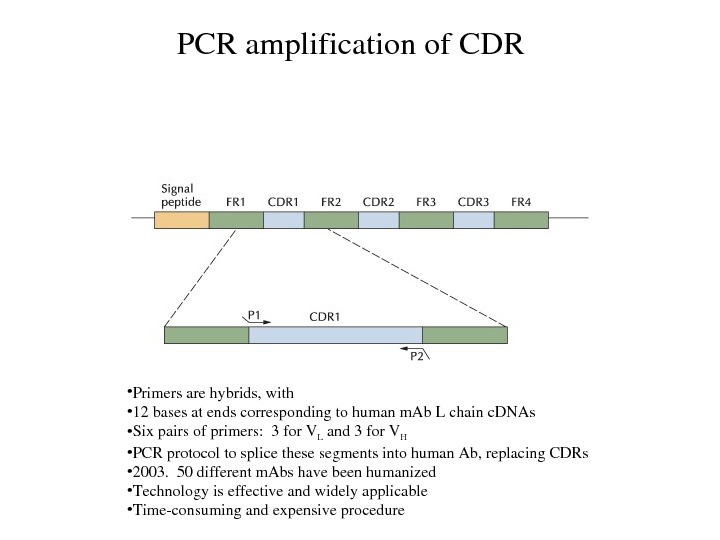

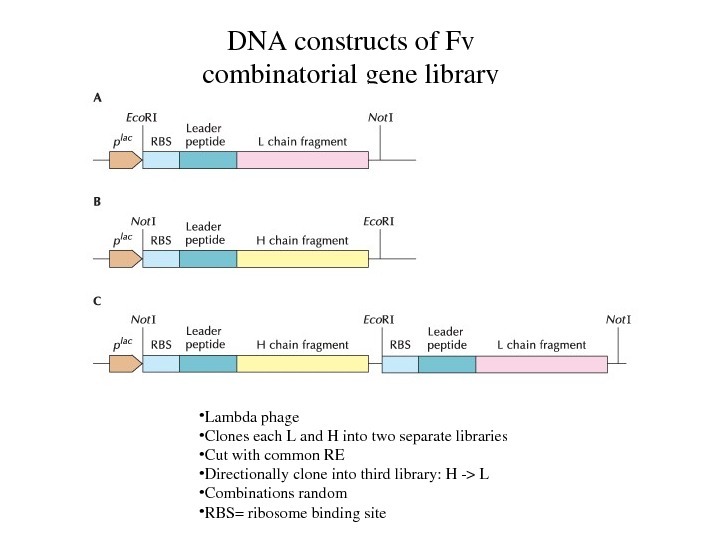
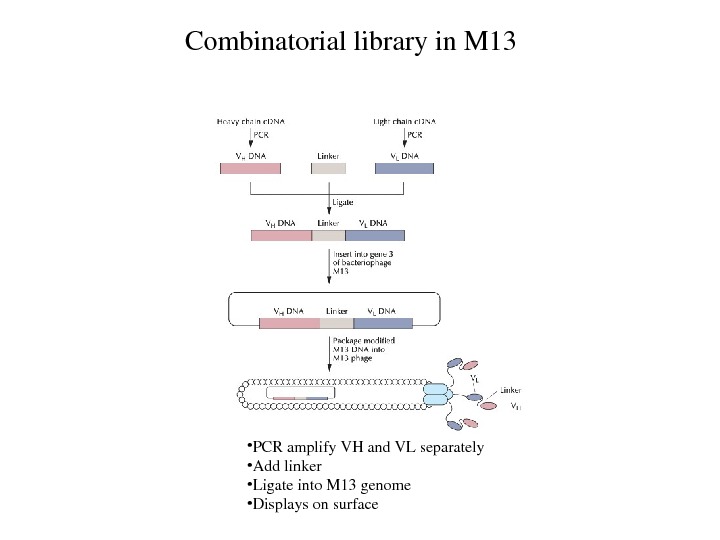
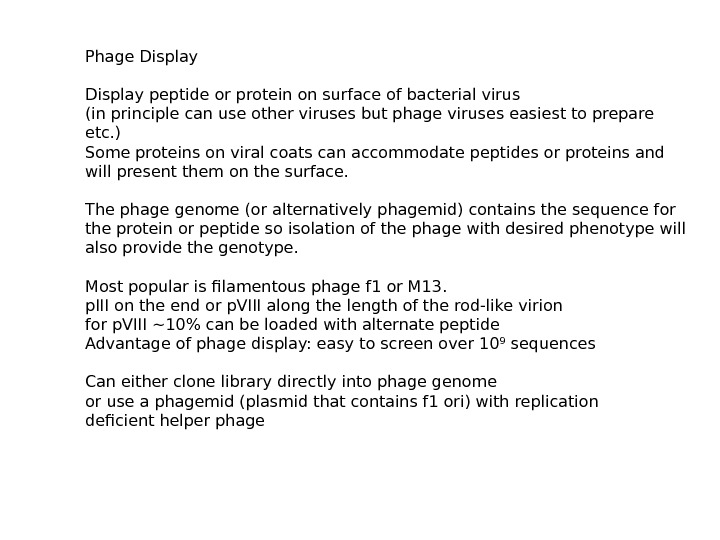
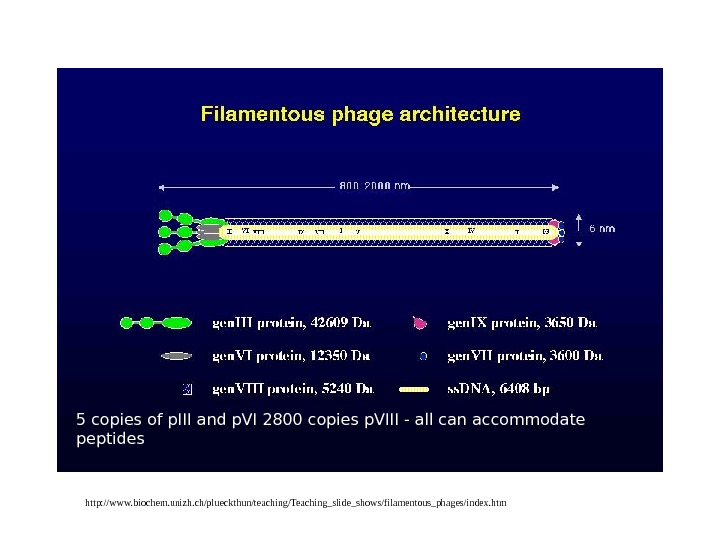
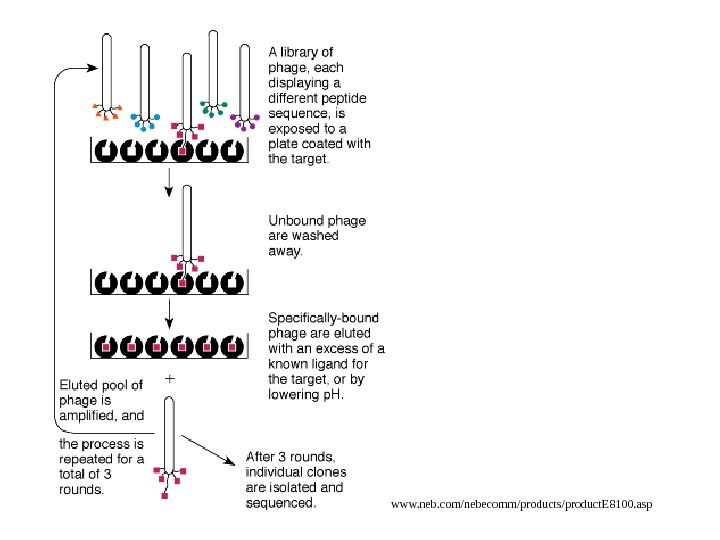
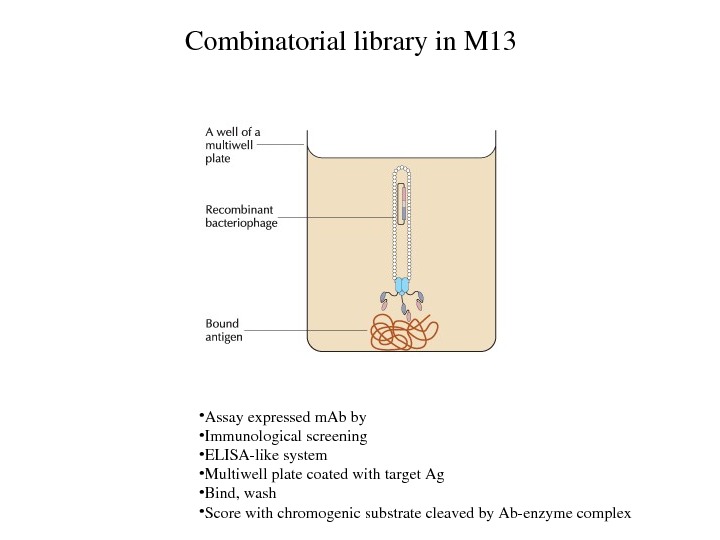
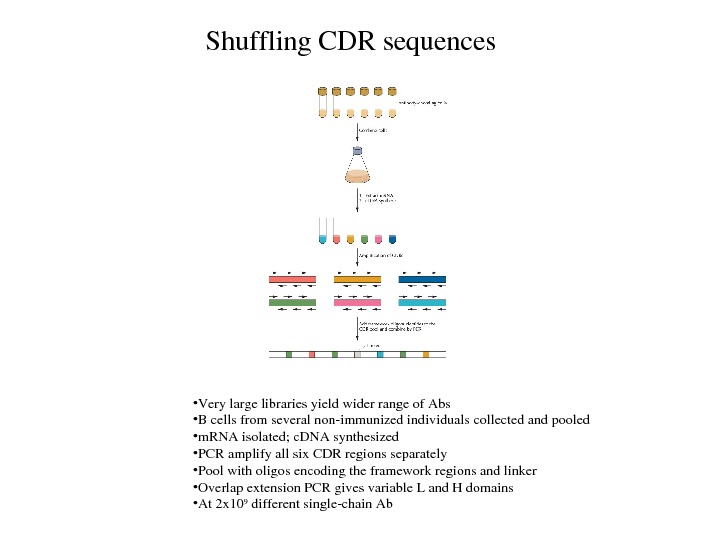
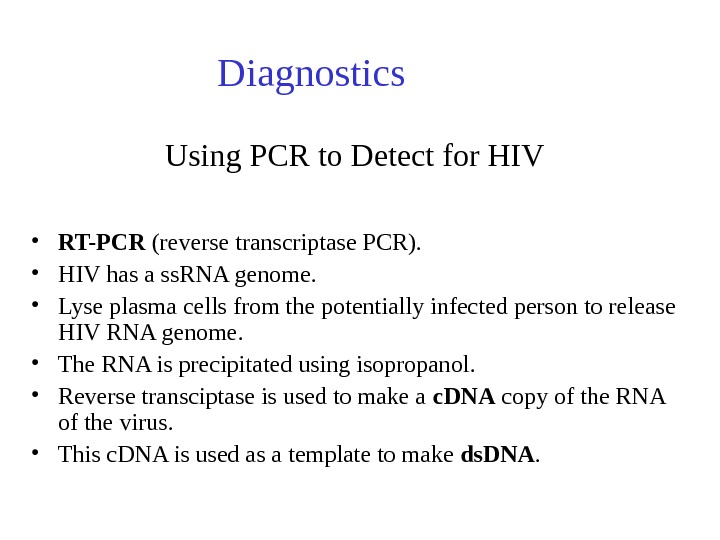
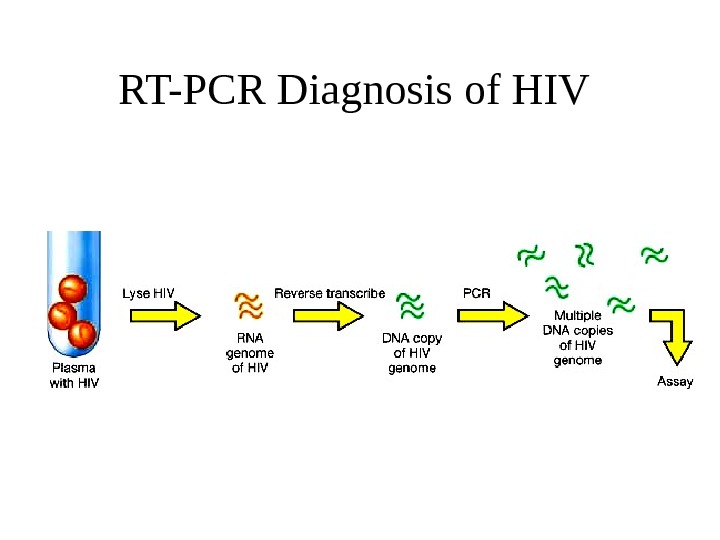
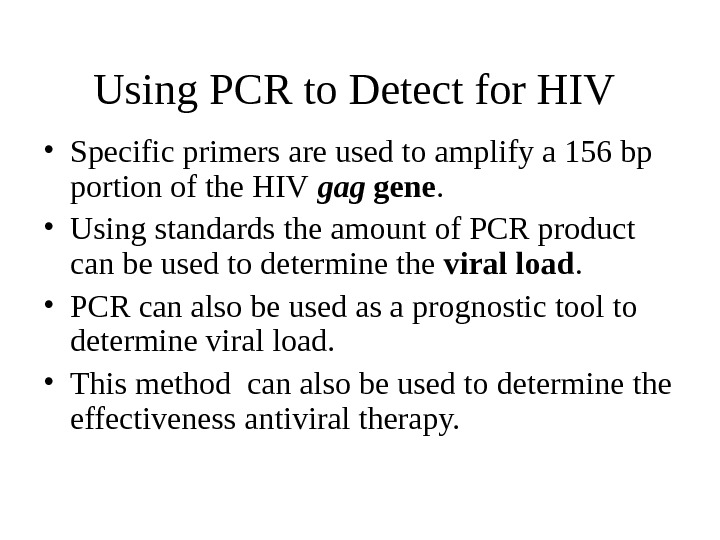
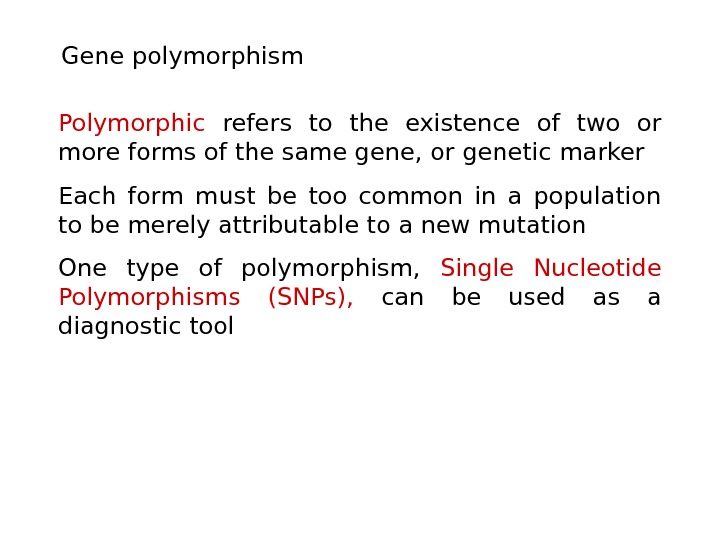
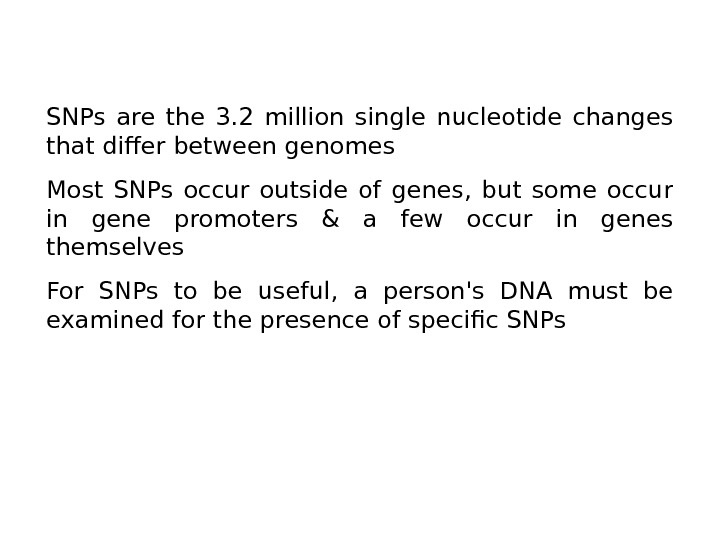
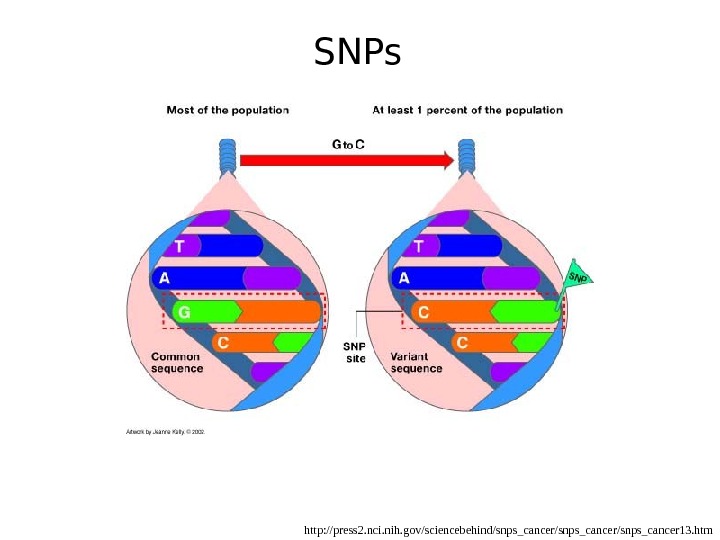
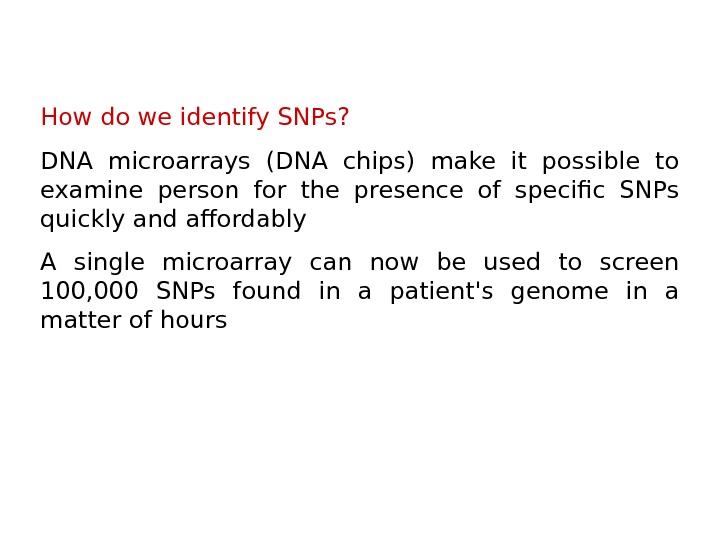
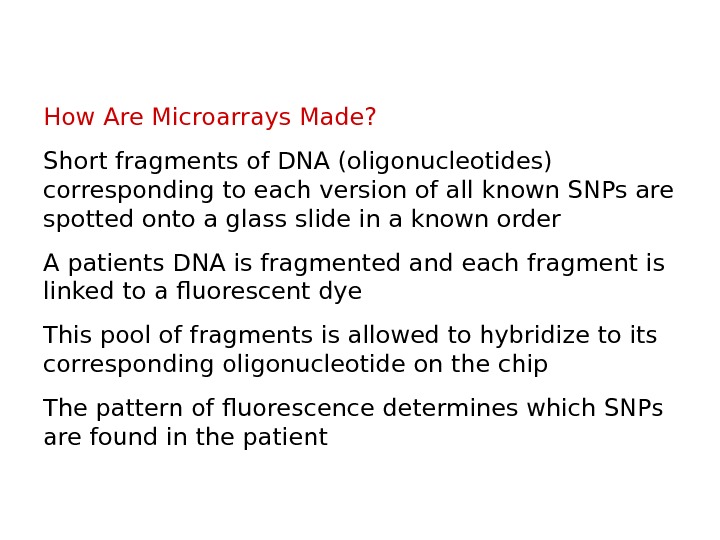
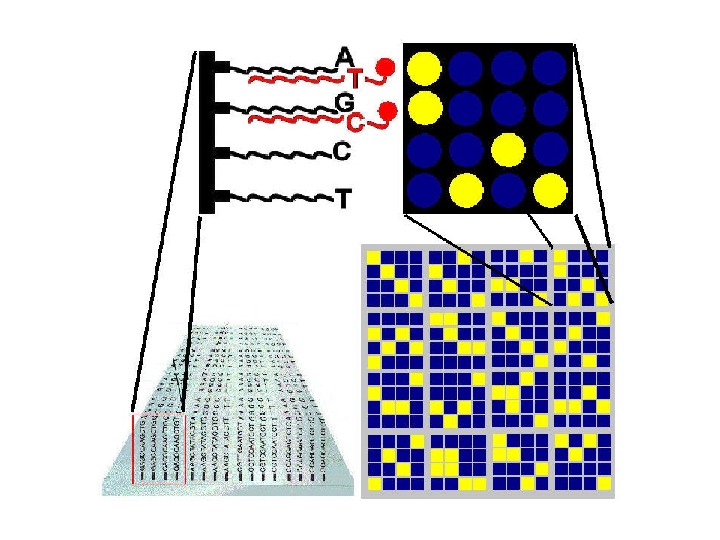
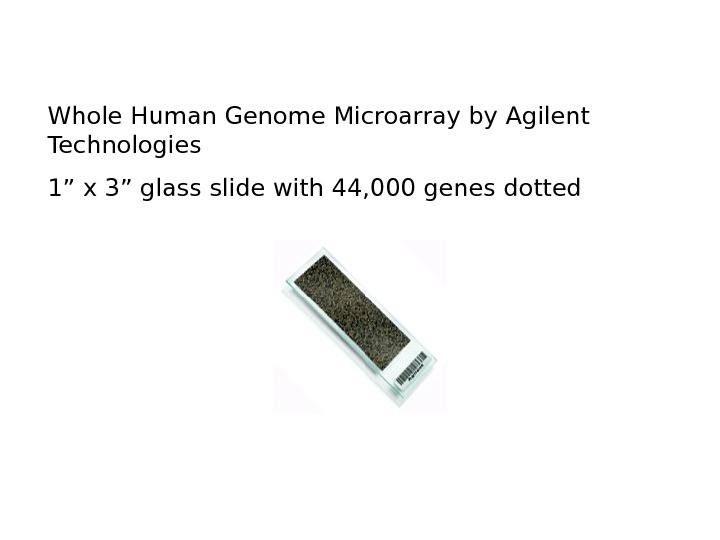

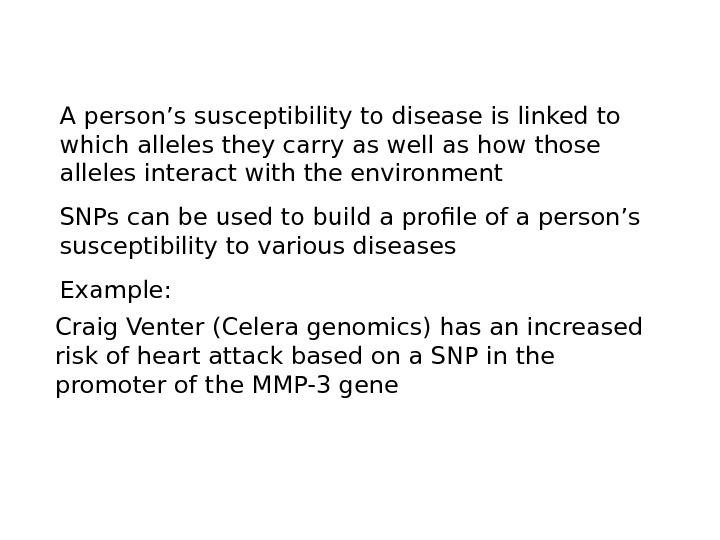

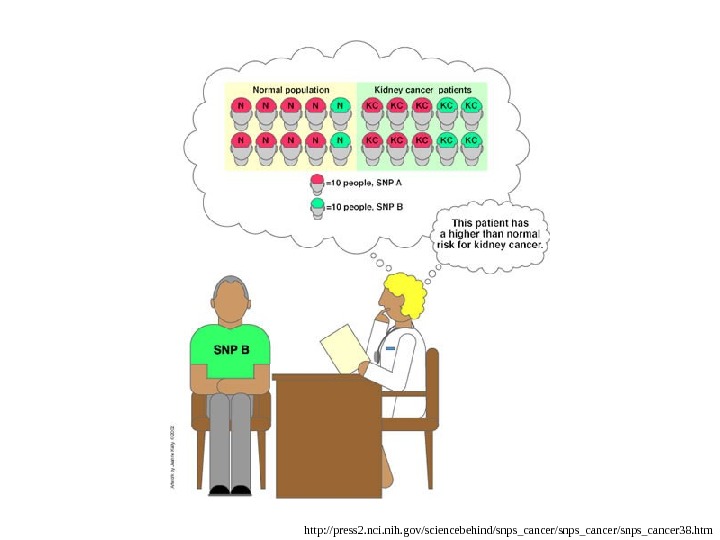
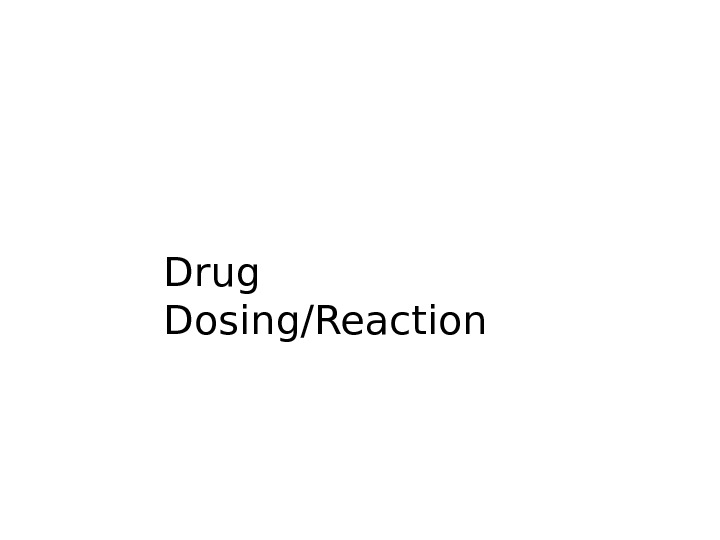
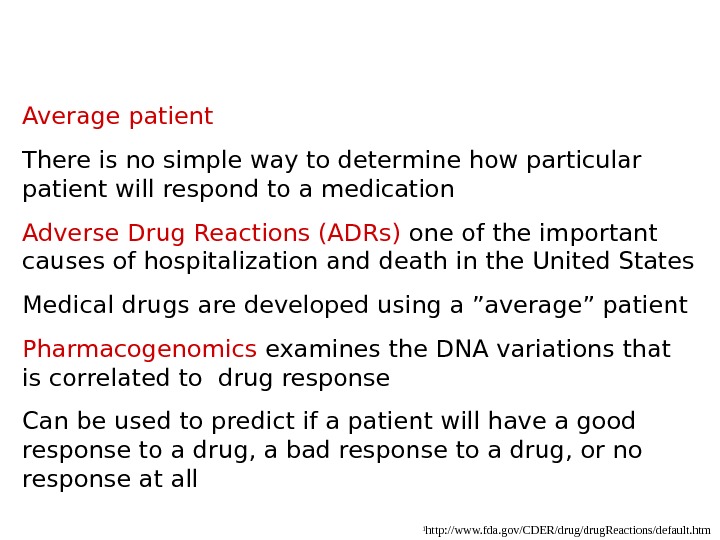
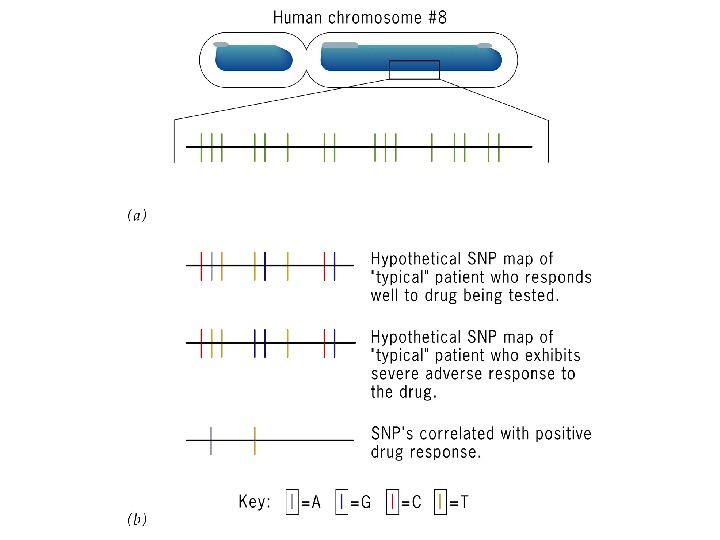
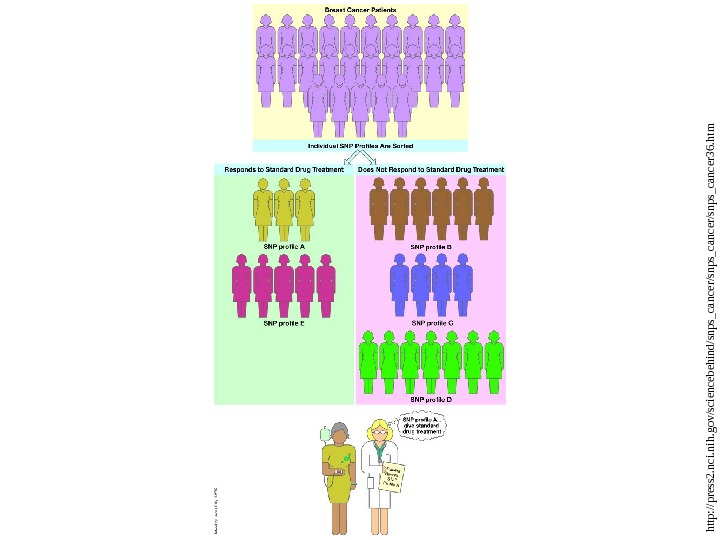
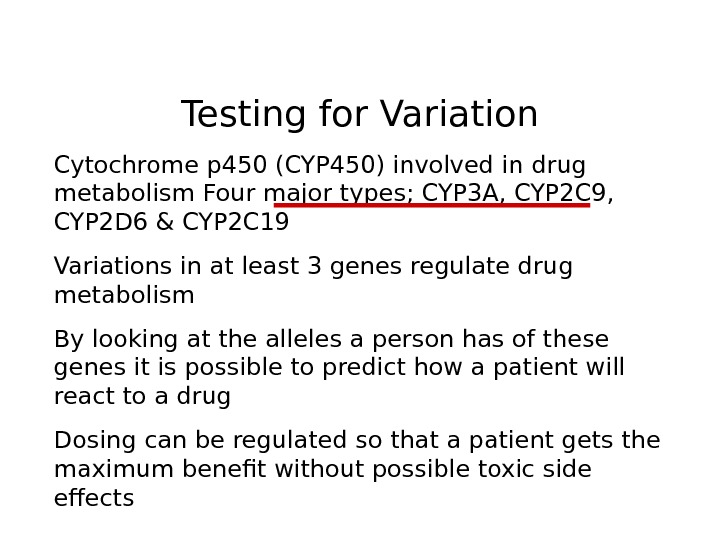
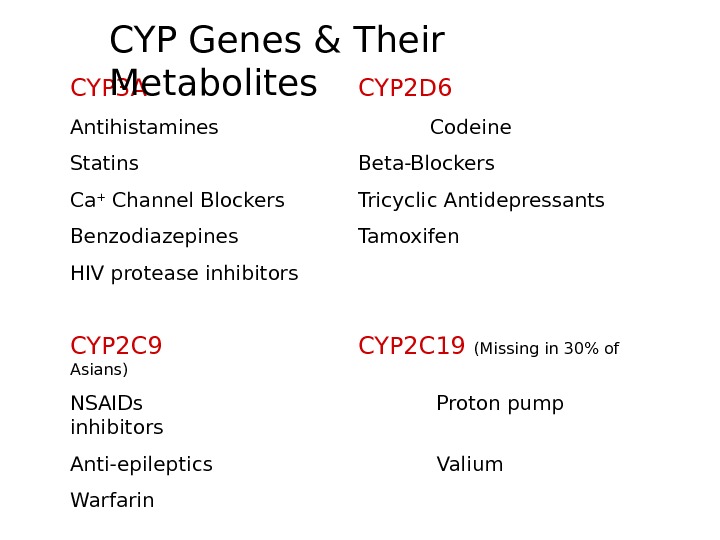
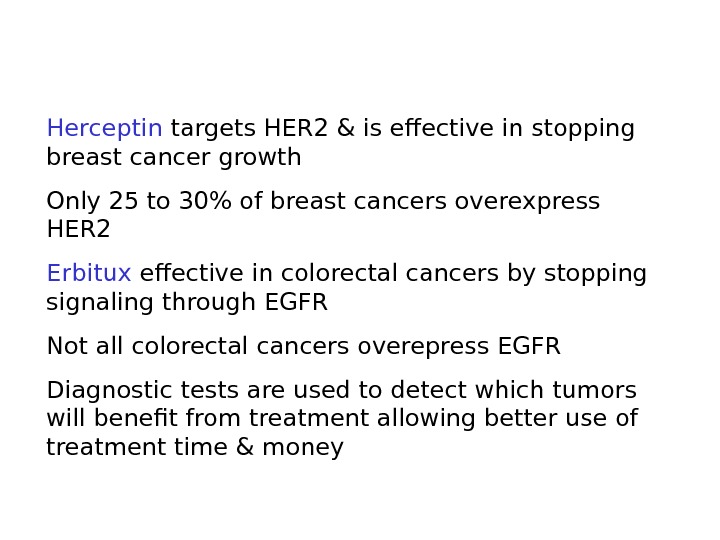
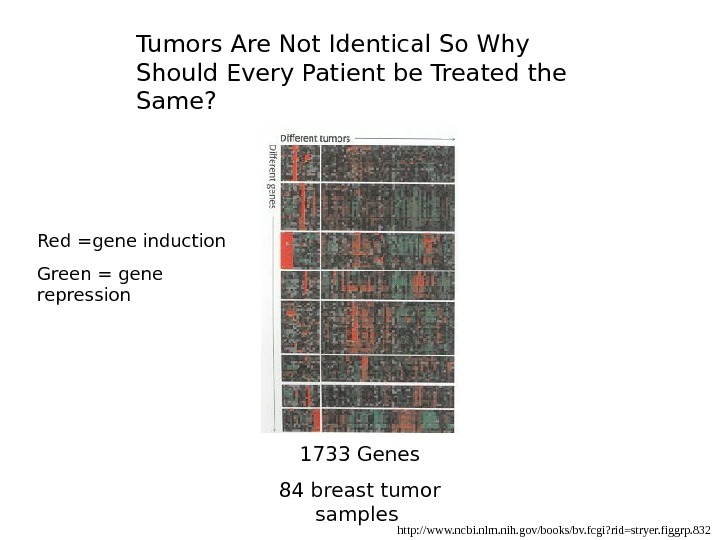
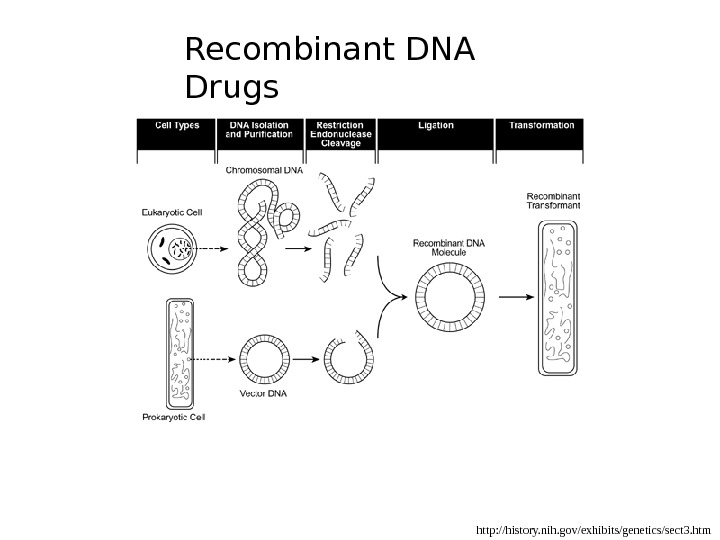

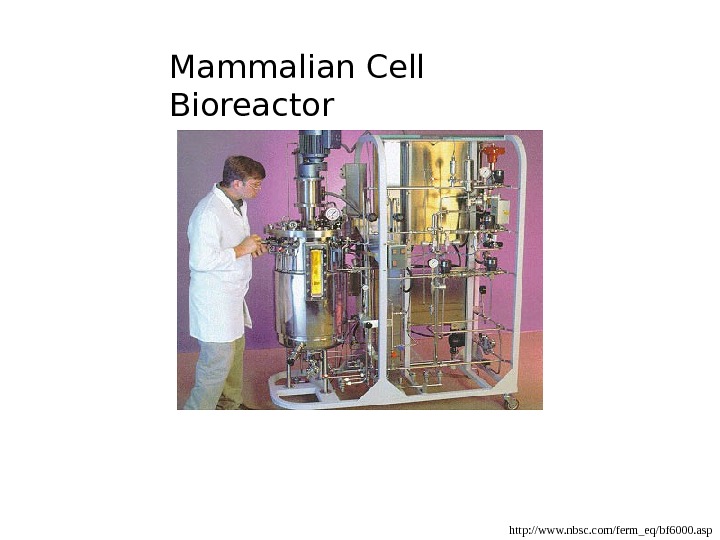
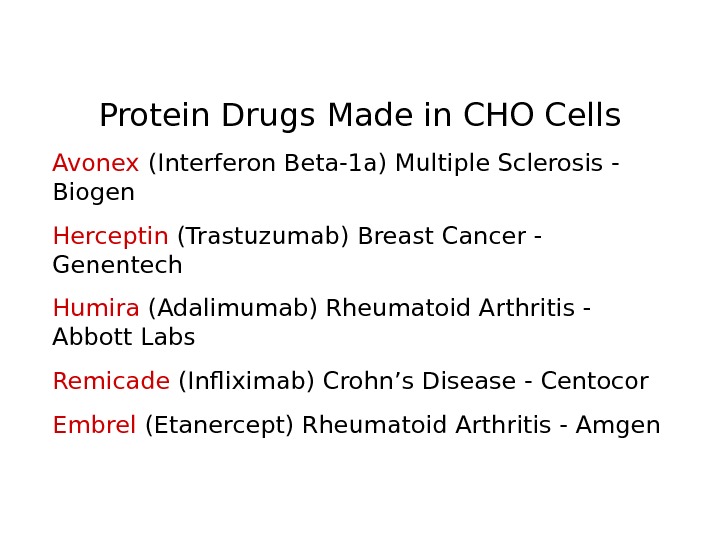
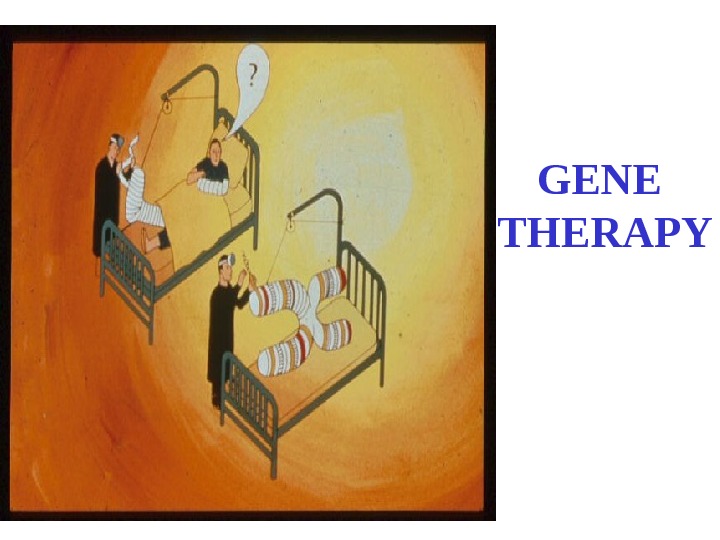
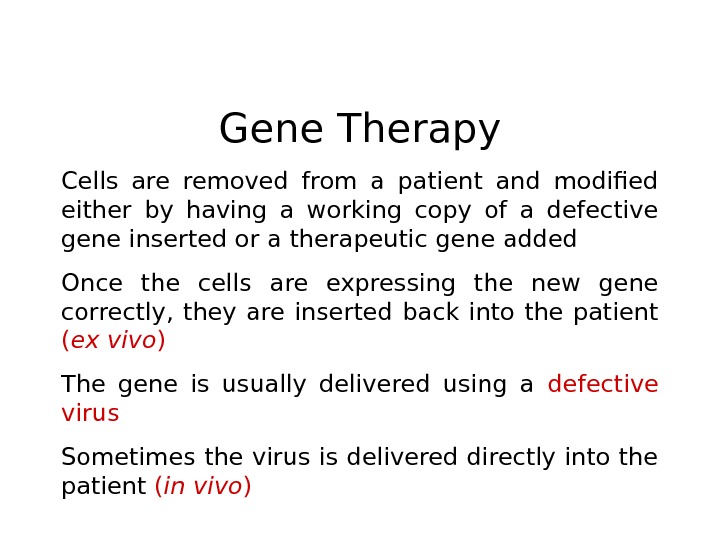

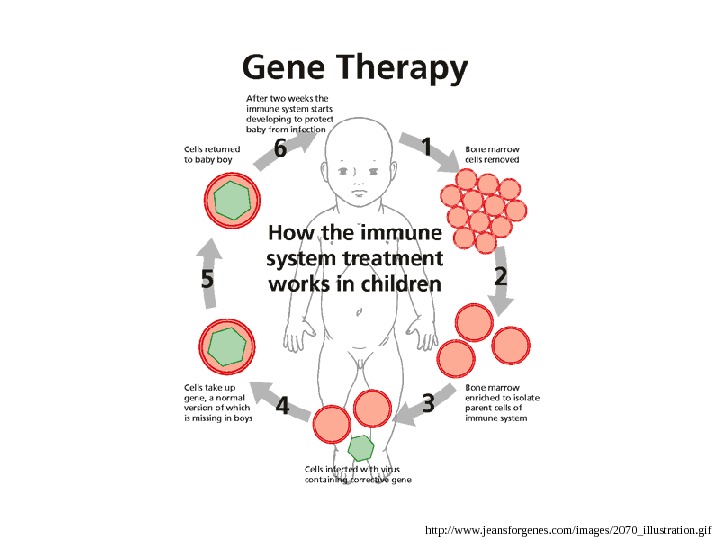

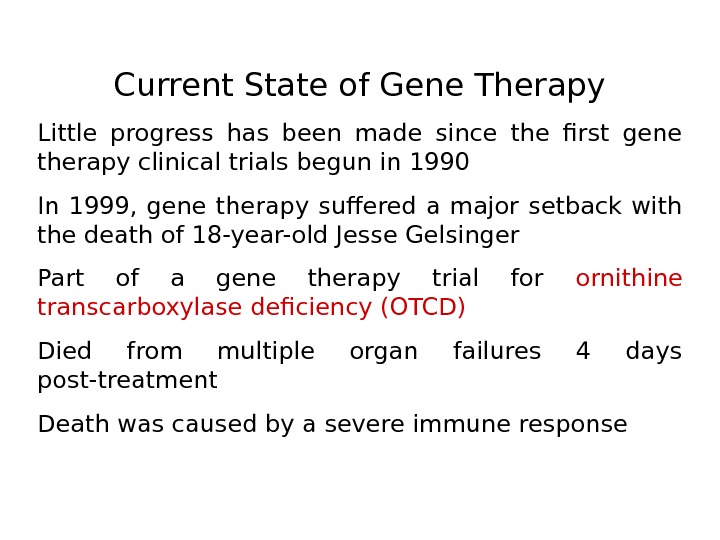
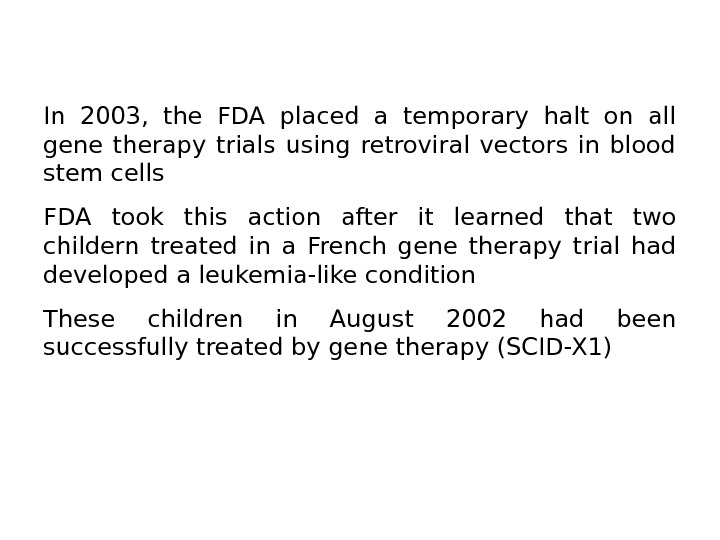
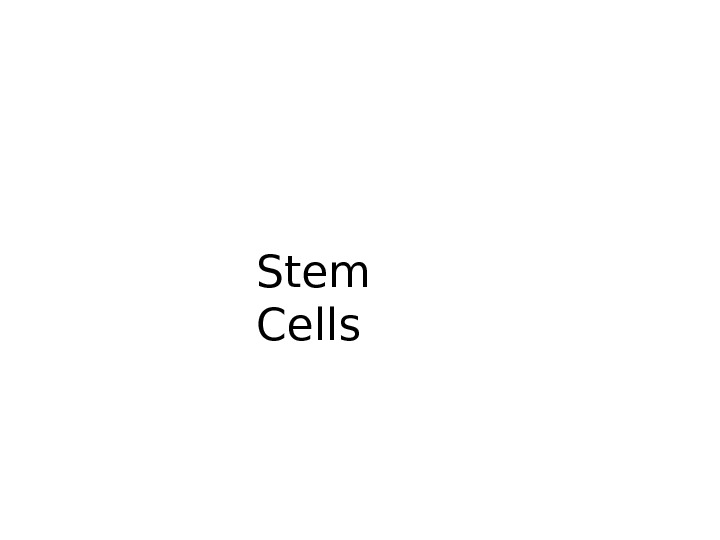
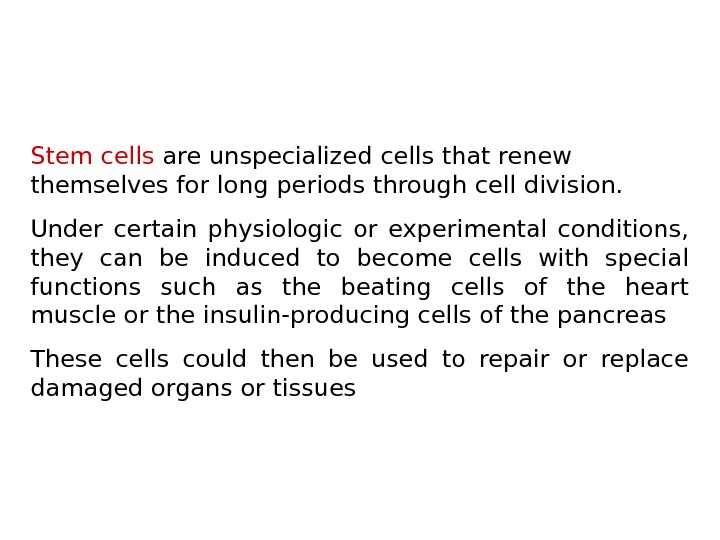
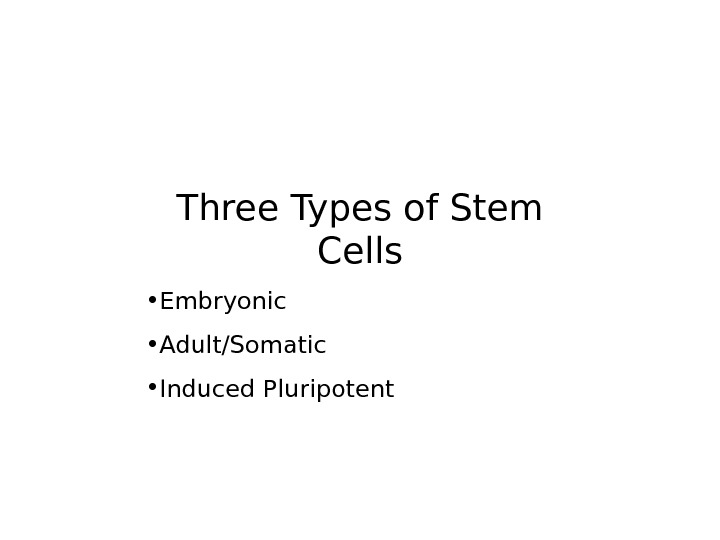
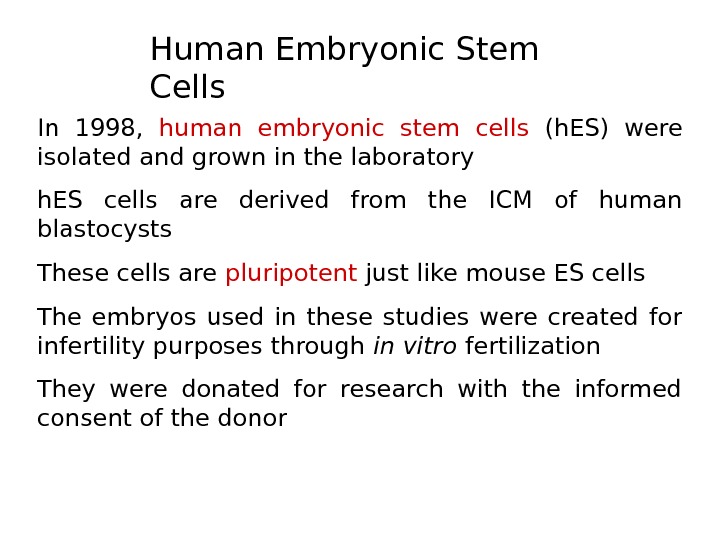
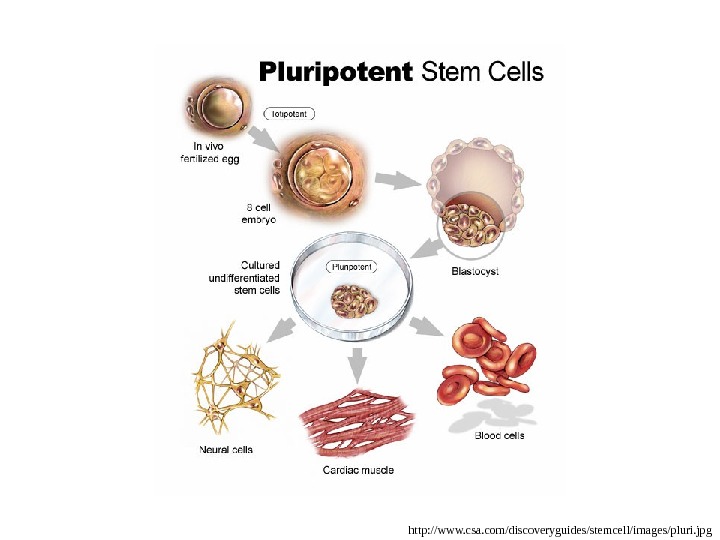
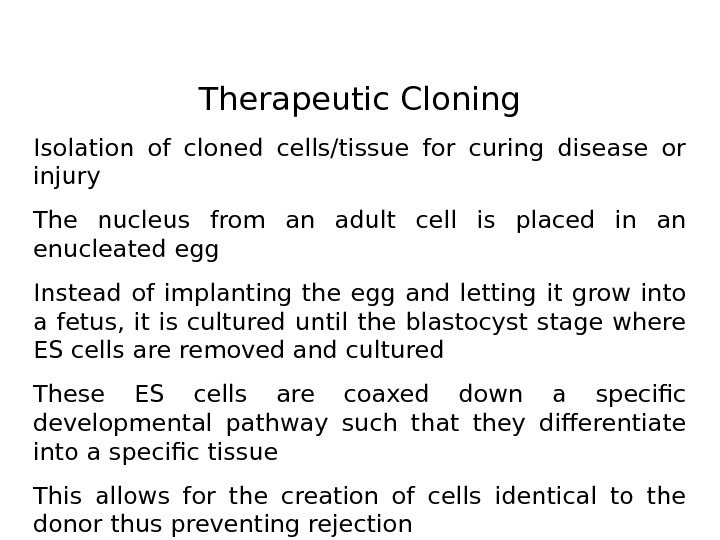
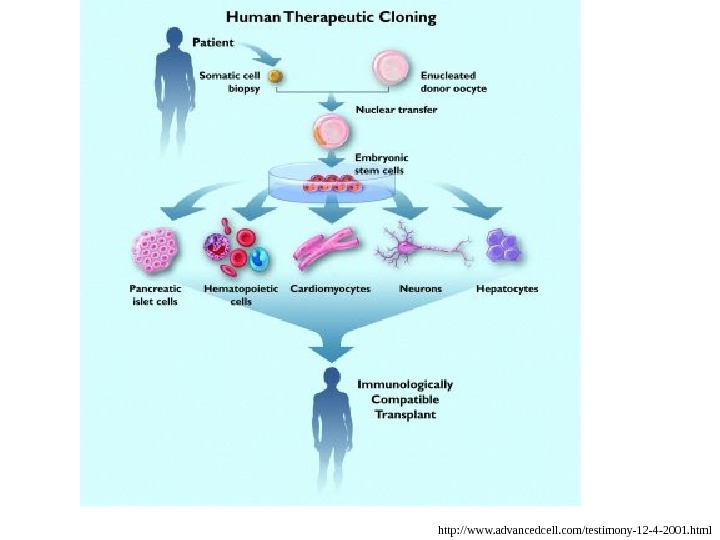
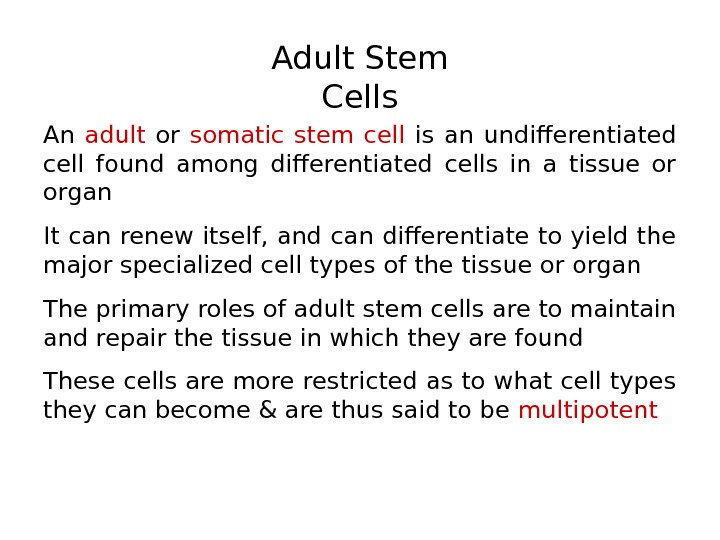
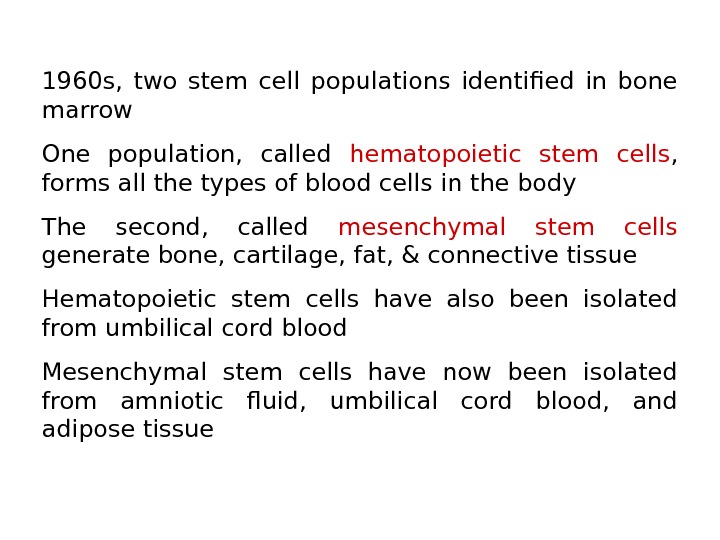
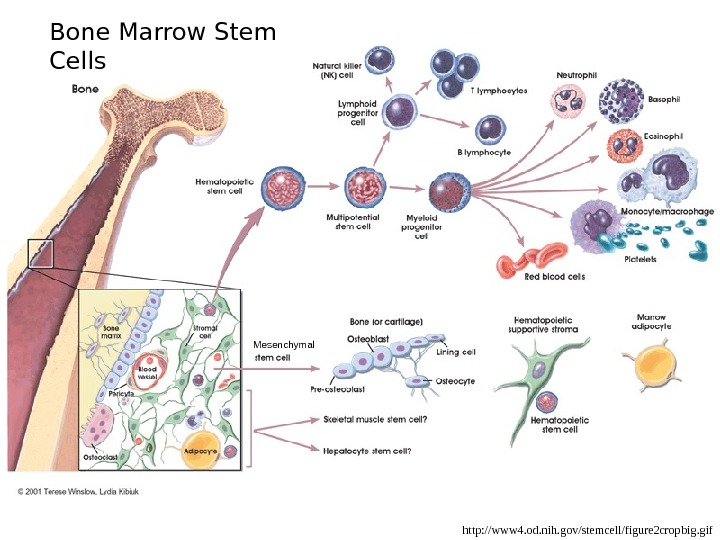
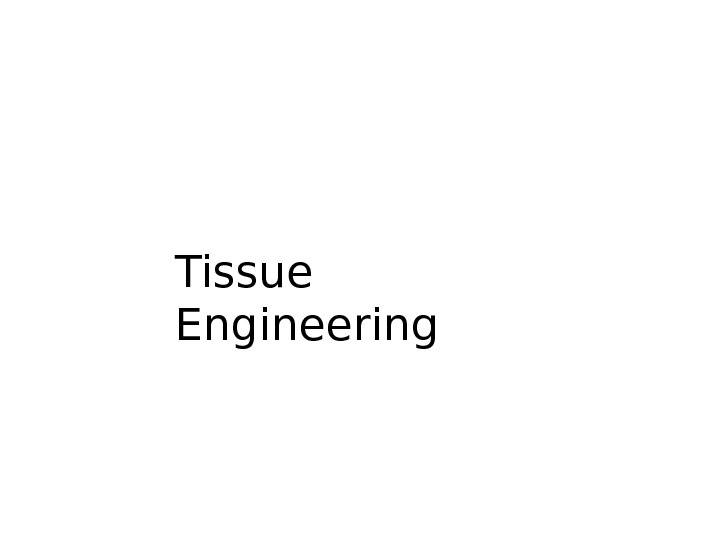
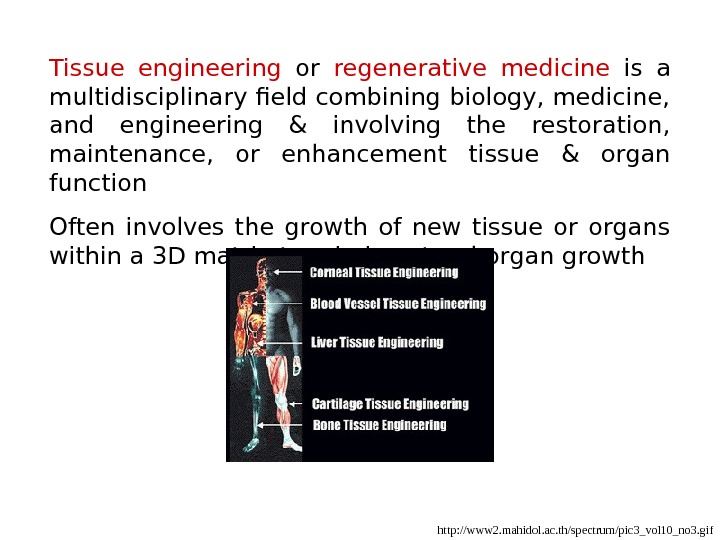
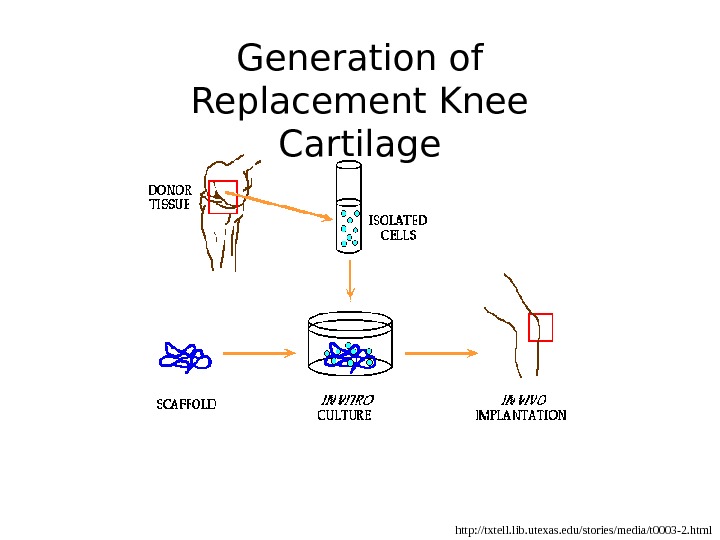
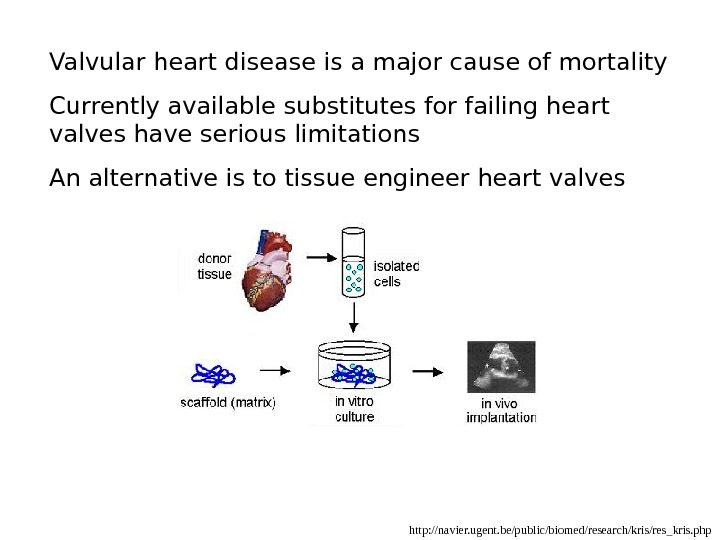
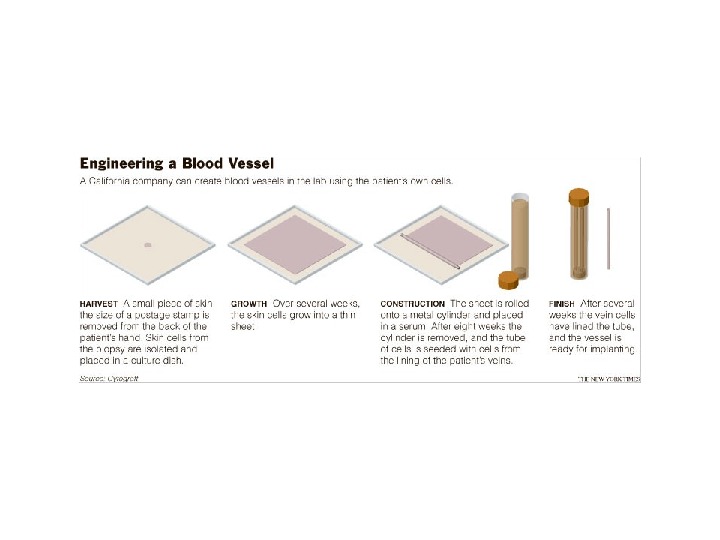
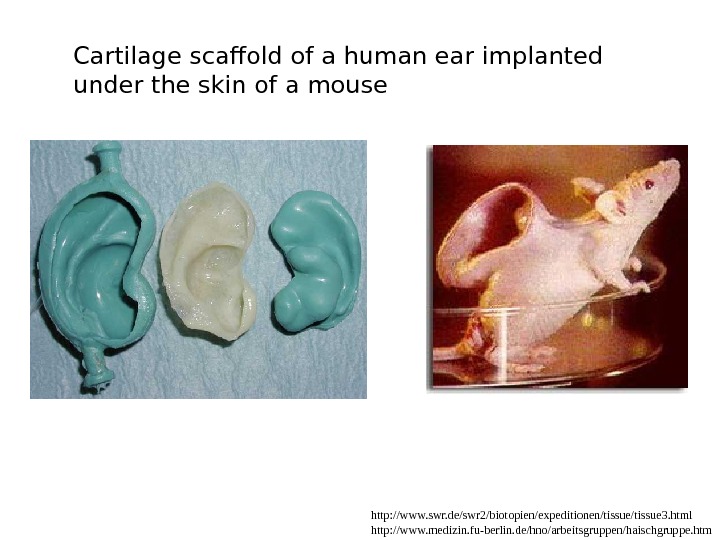
- Размер: 5.7 Mегабайта
- Количество слайдов: 89
Описание презентации Medical Biotechnology Insulin — první gen biotech по слайдам
 Medical Biotechnology
Medical Biotechnology
 Insulin — první gen biotech
Insulin — první gen biotech
 Recombinantproteinsforhumanuse • ~2003 • Approvedin. USor. EU
Recombinantproteinsforhumanuse • ~2003 • Approvedin. USor. EU
 Recombinantinterferon: isolationofc. DNA • Strategiesforisolatingeitherthegenesorc. DNAsforhumanproteins • 1)Isolatetargetproteinanddeterminepartial. AAcsequence • Synthesizeoligoasprobetoscreenc. DNAlibrary • 2)Generate. Abagainstpurifiedproteins • Screengenelibrary • Interferonstrategyabove, prehumangenomesequence 6, 000 clones
Recombinantinterferon: isolationofc. DNA • Strategiesforisolatingeitherthegenesorc. DNAsforhumanproteins • 1)Isolatetargetproteinanddeterminepartial. AAcsequence • Synthesizeoligoasprobetoscreenc. DNAlibrary • 2)Generate. Abagainstpurifiedproteins • Screengenelibrary • Interferonstrategyabove, prehumangenomesequence 6, 000 clones
 Hybridproducts: INF • Interferons assist the immune response by inhibiting viral replication within host cells, activating natural killer cells, increasing antigen presentation to lymphocytes, and inducing the resistance of host cells to viral infection • IFNc. DNAisolatedearly 80 s • Now, threegroupsof. IFNgenesidentified: , , • IFN familyof 13 genes; IFN familyof 2 genes; IFN of 1 genes • IFN 1 and 2 havecommon. REsites • Hybrid. INFsdemonstratepotentialtherapeuticsbycombiningfunctionaldomains • Some(2003)successfulclinicaltrials, approvedforuseashumantherapeuticagents
Hybridproducts: INF • Interferons assist the immune response by inhibiting viral replication within host cells, activating natural killer cells, increasing antigen presentation to lymphocytes, and inducing the resistance of host cells to viral infection • IFNc. DNAisolatedearly 80 s • Now, threegroupsof. IFNgenesidentified: , , • IFN familyof 13 genes; IFN familyof 2 genes; IFN of 1 genes • IFN 1 and 2 havecommon. REsites • Hybrid. INFsdemonstratepotentialtherapeuticsbycombiningfunctionaldomains • Some(2003)successfulclinicaltrials, approvedforuseashumantherapeuticagents
 Sitespecificdirected mutagenesis: h. GH • h. GH: 191 AAc, 22, 1 k. Da • Oneoffirsttherapeuticproteinsapprovedforhumanuse • Recombinantformproducedin. E. coli, identicaltonativepituitaryderivedh. GH • Nativebindstogrowthhormonereceptorandprolactinreceptor • Sideeffects • Prolactinreceptorbindingfunctionof. Zn ++ binding • Domain: His 18, His 21, Glu 174 • 2003, testingmutants
Sitespecificdirected mutagenesis: h. GH • h. GH: 191 AAc, 22, 1 k. Da • Oneoffirsttherapeuticproteinsapprovedforhumanuse • Recombinantformproducedin. E. coli, identicaltonativepituitaryderivedh. GH • Nativebindstogrowthhormonereceptorandprolactinreceptor • Sideeffects • Prolactinreceptorbindingfunctionof. Zn ++ binding • Domain: His 18, His 21, Glu 174 • 2003, testingmutants
 Optimizinggeneexpression • Multistepprocess: • Designaprotein, constructarecombinantmolecule, expressandcharacterize • Needtooptimizeexpression • First, eitherprokaryoteoreukaryotehost • Comparativeanalysisofhostandexpression • ex. , interleukin 3 expression • Bestin. Bacilluslicheniformis • Balancewithglycosylationineukaryotichosts • But, glycosylationisnotessentialforinterleukin 3 activity
Optimizinggeneexpression • Multistepprocess: • Designaprotein, constructarecombinantmolecule, expressandcharacterize • Needtooptimizeexpression • First, eitherprokaryoteoreukaryotehost • Comparativeanalysisofhostandexpression • ex. , interleukin 3 expression • Bestin. Bacilluslicheniformis • Balancewithglycosylationineukaryotichosts • But, glycosylationisnotessentialforinterleukin 3 activity
 Cysticfibrosis • Geneticdiseaseaffectinglungsanddigestivesystem • Averagelifespan 37 years, extendedandextending • In. US, ~1/3, 900; 1/22 arecarriers • Mostcommonin. Europeansand. Ashkenazi. Jews • Cysticfibrosistransmembraneconductanceregulator(CFTR) • Chlorideionchannel, sweat, digestivejuicesandmucus • thick, stickymucustobuildupinthelungsanddigestivetract • 7 q 31. 2>180, 000 bpgene, 1, 480 AAc • Mostcommonmutation. DF 508; 1, 400 othermutations • DF 508: missense, notfoldedcorrectly • Lungssusceptibletobacterialinfection • Antibioticstreatmentresultsinresistanceand combinationwith. DNAfrombacteriaandleukocytescausespulmonaryproblems(mucus) • wikipedia
Cysticfibrosis • Geneticdiseaseaffectinglungsanddigestivesystem • Averagelifespan 37 years, extendedandextending • In. US, ~1/3, 900; 1/22 arecarriers • Mostcommonin. Europeansand. Ashkenazi. Jews • Cysticfibrosistransmembraneconductanceregulator(CFTR) • Chlorideionchannel, sweat, digestivejuicesandmucus • thick, stickymucustobuildupinthelungsanddigestivetract • 7 q 31. 2>180, 000 bpgene, 1, 480 AAc • Mostcommonmutation. DF 508; 1, 400 othermutations • DF 508: missense, notfoldedcorrectly • Lungssusceptibletobacterialinfection • Antibioticstreatmentresultsinresistanceand combinationwith. DNAfrombacteriaandleukocytescausespulmonaryproblems(mucus) • wikipedia
 Treatment • Genentech: h. DNase. Iin. CHOcells • Notacure, butalleviatessymptoms • Purifiedproteindeliveredviaaerosolmisttolungsof. CF • Approvedby. FDAin
Treatment • Genentech: h. DNase. Iin. CHOcells • Notacure, butalleviatessymptoms • Purifiedproteindeliveredviaaerosolmisttolungsof. CF • Approvedby. FDAin
 Optimizingtreatment • Anothersymptom, • Inresponsetobacteriainlungs, leukocytesclusterandlysebacteria(andleukocytes) • Lysedleukocytesreleaseactin • Monomericactinbinds. DNase. Iverytightlyandinhibits • Limitseffectiveness • Xraystructuredatasuggested. Ala 144 requiredforbinding or. Tyr 65 • Changingeitherto. Argdecreasesactinbindingby 10, 000 x • Clinicalefficacyofmutantstobedetermined(2003)
Optimizingtreatment • Anothersymptom, • Inresponsetobacteriainlungs, leukocytesclusterandlysebacteria(andleukocytes) • Lysedleukocytesreleaseactin • Monomericactinbinds. DNase. Iverytightlyandinhibits • Limitseffectiveness • Xraystructuredatasuggested. Ala 144 requiredforbinding or. Tyr 65 • Changingeitherto. Argdecreasesactinbindingby 10, 000 x • Clinicalefficacyofmutantstobedetermined(2003)
 Clearingthelungs 2 withalginatelyase • http: //www. lsbu. ac. uk/water/hyalg. html • Alginateproducedbyseaweeds, soilandmarinebacteria • P. aeruginosaexcretioninlungscontributestoviscosityofmucus • Inadditionto. DNase. Itreatment, alginatelysatecanbeusedastherapeuticagent
Clearingthelungs 2 withalginatelyase • http: //www. lsbu. ac. uk/water/hyalg. html • Alginateproducedbyseaweeds, soilandmarinebacteria • P. aeruginosaexcretioninlungscontributestoviscosityofmucus • Inadditionto. DNase. Itreatment, alginatelysatecanbeusedastherapeuticagent
 Cloningalginatelyase • Flavobacteriumsp. • Clonebankin. E. coli • Screenbyplatingontomediumplusalginate • +/Ca ++ • Ca ++ +alginate=crosslinkedopaque • Hydrolyzedalginatedoesnotcrosslink • Analysisandcharacterizationofclonesandalginatelyase
Cloningalginatelyase • Flavobacteriumsp. • Clonebankin. E. coli • Screenbyplatingontomediumplusalginate • +/Ca ++ • Ca ++ +alginate=crosslinkedopaque • Hydrolyzedalginatedoesnotcrosslink • Analysisandcharacterizationofclonesandalginatelyase
![Alginatelyase[s] • ORF 69, 000 Da • Precursorofthreealginatelyases • 3, 000 Da+63, 000 Da • Alginatelyase[s] • ORF 69, 000 Da • Precursorofthreealginatelyases • 3, 000 Da+63, 000 Da •](/docs//10_medical_biotech_images/10_medical_biotech_12.jpg) Alginatelyase[s] • ORF 69, 000 Da • Precursorofthreealginatelyases • >3, 000 Da+63, 000 Da • 63, 000 Dalysesbothbacterialandseaweedalginates • 63, 000 Da>23, 000 Daseaweedeffective+40, 000 Dabacterialeffective • Clonebacterialactivityportion
Alginatelyase[s] • ORF 69, 000 Da • Precursorofthreealginatelyases • >3, 000 Da+63, 000 Da • 63, 000 Dalysesbothbacterialandseaweedalginates • 63, 000 Da>23, 000 Daseaweedeffective+40, 000 Dabacterialeffective • Clonebacterialactivityportion
 Optimizationofactivity • Increaseexpressionof 40, 000 Daprotein • PCRamplifyandinsertionbehindstrongpromoter • B. subtilisplasmid, fusedtoa. B. subtilisaamylaseleaderpeptide, directssecretionand penicillinasegenepromoter • Expressedandassayedforhalophenotype • Liquifiesalginatesproducedby. P. aeruginosaisolatedfromlungsof. CFpatients • 2003, additionaltrialstodetermineifeffectivetherapeuticagent
Optimizationofactivity • Increaseexpressionof 40, 000 Daprotein • PCRamplifyandinsertionbehindstrongpromoter • B. subtilisplasmid, fusedtoa. B. subtilisaamylaseleaderpeptide, directssecretionand penicillinasegenepromoter • Expressedandassayedforhalophenotype • Liquifiesalginatesproducedby. P. aeruginosaisolatedfromlungsof. CFpatients • 2003, additionaltrialstodetermineifeffectivetherapeuticagent
 Phenylketonuria(PKU) • Autosomalrecessivegeneticdisorderinphenylalaniinehydroxylase • Pheaccumulation, decreasesother‘large, neutral. AAc’inbrain, neededfor proteinandneurotransmittersynthesis • Braindevelopment; progressivementalretardationandseizures • Incidence~1/15, 000; varies: 1/4, 500 Irelandand 1/100, 000 Finland • 12 q 24. 1 • Macaquegenome: PAHgenesequenceidenticaltoahuman. PKUmutation • wikipedia
Phenylketonuria(PKU) • Autosomalrecessivegeneticdisorderinphenylalaniinehydroxylase • Pheaccumulation, decreasesother‘large, neutral. AAc’inbrain, neededfor proteinandneurotransmittersynthesis • Braindevelopment; progressivementalretardationandseizures • Incidence~1/15, 000; varies: 1/4, 500 Irelandand 1/100, 000 Finland • 12 q 24. 1 • Macaquegenome: PAHgenesequenceidenticaltoahuman. PKUmutation • wikipedia
![Phenylketonuriatreatment[s] • Traditionaltreatment: diagnosisatbirthorprenatal • Controlledsemisyntheticdietwithlowlevelsof. Phe • Possibletreatment: metabolismof. Phe • PAHmultienzymecomplex, requiringcofactor • Phenylketonuriatreatment[s] • Traditionaltreatment: diagnosisatbirthorprenatal • Controlledsemisyntheticdietwithlowlevelsof. Phe • Possibletreatment: metabolismof. Phe • PAHmultienzymecomplex, requiringcofactor •](/docs//10_medical_biotech_images/10_medical_biotech_15.jpg) Phenylketonuriatreatment[s] • Traditionaltreatment: diagnosisatbirthorprenatal • Controlledsemisyntheticdietwithlowlevelsof. Phe • Possibletreatment: metabolismof. Phe • PAHmultienzymecomplex, requiringcofactor • Pheammonialyase(PAL)converts. Pheaswell • Stableanddoesnotrequirecofactor • Totestconcept, y. PALclonedandoverexpressedin. E. coli • Preclinicalstudies(2003)withmicedeficientin. PAL • Seelowerplasmalevelsof. Phewhen. PALinjectedor administeredasoralencapsulatedenzyme
Phenylketonuriatreatment[s] • Traditionaltreatment: diagnosisatbirthorprenatal • Controlledsemisyntheticdietwithlowlevelsof. Phe • Possibletreatment: metabolismof. Phe • PAHmultienzymecomplex, requiringcofactor • Pheammonialyase(PAL)converts. Pheaswell • Stableanddoesnotrequirecofactor • Totestconcept, y. PALclonedandoverexpressedin. E. coli • Preclinicalstudies(2003)withmicedeficientin. PAL • Seelowerplasmalevelsof. Phewhen. PALinjectedor administeredasoralencapsulatedenzyme
 Monoclonalantibodies(m. Ab)as therapeuticagents • Mousem. Ab. OKT 3 firsttobeapprovedby. FDA • Immunosuppressiveagentafterorgantransplantinhumans
Monoclonalantibodies(m. Ab)as therapeuticagents • Mousem. Ab. OKT 3 firsttobeapprovedby. FDA • Immunosuppressiveagentafterorgantransplantinhumans
 Antibodymolecular structure • CDRsvariableportionsoftheprotein, both. Hand. L • Fcelicitsimmunologicalresponsesafter. Ag. Ab • Complementcascade
Antibodymolecular structure • CDRsvariableportionsoftheprotein, both. Hand. L • Fcelicitsimmunologicalresponsesafter. Ag. Ab • Complementcascade
 Polyclonalantibodies(Ab) • www. abbottdiagnostics. com/Science/pdf/learning_immunoassay_01. pdf
Polyclonalantibodies(Ab) • www. abbottdiagnostics. com/Science/pdf/learning_immunoassay_01. pdf
 Monoclonalantibodies(m. Ab) • www. abbottdiagnostics. com/Science/pdf/learning_immunoassay_01. pdf
Monoclonalantibodies(m. Ab) • www. abbottdiagnostics. com/Science/pdf/learning_immunoassay_01. pdf
 Monoclonalantibodies (theoretical) • Monoclonal. Antibodies: AManualof. Techniques. HZola
Monoclonalantibodies (theoretical) • Monoclonal. Antibodies: AManualof. Techniques. HZola
 Monoclonalantibodies(m. Ab)protocol • www. abbottdiagnostics. com/Science/pdf/learning_immunoassay_01. pdf • Monoclonal. Antibodies: AManualof. Techniques. HZola
Monoclonalantibodies(m. Ab)protocol • www. abbottdiagnostics. com/Science/pdf/learning_immunoassay_01. pdf • Monoclonal. Antibodies: AManualof. Techniques. HZola
 Herceptin ® • “ Magicbullet” • Genentech. FDA 9/98; Aullrich/Genentechand. DSlamon/UCLAJonsson. Cancer. Ctr • Trastuzumab(tradename. Herceptin) • Humanizedmonoclonalantibody • Targetis. HER 2/neureceptor(erb. B 2) • HER 2 positivemetastaticbreastcancer • Anticancertherapyinbreastcancer, overexpressingerb. B 2 receptor • Erb. B 2 receptoramplificationoccursin 2530%ofearlystagebreastcancers • Transmembrane. Tyrkinase, activating. PI 3 K/Aktpathwayand. MAPpathway • Overexpressionpromotesinvasion, survivalandangiogenesisofcells • Alsoconferstherapeuticresistancetocancertherapies • Herceptinbindstoextracellulardomainoferb. B 2 receptor, • Arrestingcellat. G 1 phase • wikipedia
Herceptin ® • “ Magicbullet” • Genentech. FDA 9/98; Aullrich/Genentechand. DSlamon/UCLAJonsson. Cancer. Ctr • Trastuzumab(tradename. Herceptin) • Humanizedmonoclonalantibody • Targetis. HER 2/neureceptor(erb. B 2) • HER 2 positivemetastaticbreastcancer • Anticancertherapyinbreastcancer, overexpressingerb. B 2 receptor • Erb. B 2 receptoramplificationoccursin 2530%ofearlystagebreastcancers • Transmembrane. Tyrkinase, activating. PI 3 K/Aktpathwayand. MAPpathway • Overexpressionpromotesinvasion, survivalandangiogenesisofcells • Alsoconferstherapeuticresistancetocancertherapies • Herceptinbindstoextracellulardomainoferb. B 2 receptor, • Arrestingcellat. G 1 phase • wikipedia
 Magicbullet: deliveryofdrugtosite • Bindingofm. Abrequiressecondstep • 1)deliveryofdrug • 2)deliveryofenzymetoconvertprodrug
Magicbullet: deliveryofdrugtosite • Bindingofm. Abrequiressecondstep • 1)deliveryofdrug • 2)deliveryofenzymetoconvertprodrug
 Magicbullet: deliveryofactiveagenttosite • Bindingofm. Abrequiressecondstep • variations
Magicbullet: deliveryofactiveagenttosite • Bindingofm. Abrequiressecondstep • variations
 • Priklad ANTISENSE delivery
• Priklad ANTISENSE delivery
 Humanm. Abproblem Drawbackstoimmunotherapeuticagentsuse • Chemicalcouplingsproblem • Yieldslow; couplingatrandomsites; chemicalportionmayinactiveattachedenzyme • Nonhumanm. Ab • Ifconditionrequiresmultipletreatments, nonhumanm. Abcausesimmuneresponse Humanm. Ab • Humanchromosomesoffusedhumanlymphocytemousemyelomacellsareunstable • Nohumanmyelomacelllinecanreplacemousemyelomacellline • Ethicsofinjectinghumansubjecttogenerate. Abproducingcellsanddoingpartialsplenectomy • tocollect. Abproducingcell • www. abbottdiagnostics. com/Science/pdf/learning_immunoassay_01. pdf
Humanm. Abproblem Drawbackstoimmunotherapeuticagentsuse • Chemicalcouplingsproblem • Yieldslow; couplingatrandomsites; chemicalportionmayinactiveattachedenzyme • Nonhumanm. Ab • Ifconditionrequiresmultipletreatments, nonhumanm. Abcausesimmuneresponse Humanm. Ab • Humanchromosomesoffusedhumanlymphocytemousemyelomacellsareunstable • Nohumanmyelomacelllinecanreplacemousemyelomacellline • Ethicsofinjectinghumansubjecttogenerate. Abproducingcellsanddoingpartialsplenectomy • tocollect. Abproducingcell • www. abbottdiagnostics. com/Science/pdf/learning_immunoassay_01. pdf
 Hybridhumanmousem. Ab: chimeric • Geneticengineeringtoconvertmousem. Abintoahybrid • Exchange. Fcportions • Usingoligonucleotidesandinvitro. DNAreplicationorclonedsegments • Constructinexpressionvector; transfectintocultured. Blymphocytes • Chimeric. Absare 70%human/30%mouse
Hybridhumanmousem. Ab: chimeric • Geneticengineeringtoconvertmousem. Abintoahybrid • Exchange. Fcportions • Usingoligonucleotidesandinvitro. DNAreplicationorclonedsegments • Constructinexpressionvector; transfectintocultured. Blymphocytes • Chimeric. Absare 70%human/30%mouse
 Hybridhumanmousem. Ab: chimeric • Ex. , chimeraofmousem. Abagainstsurfaceofhumancoloncancercells • Testedinpatientswithcolorectalcancer • Halflifeinbloodsystem 6 xlonger • 1/10 patientsdevelopedmildresponseagainstchimera • But, noantitumoractivityobserved(2003) • Lowdosageand/oradvancedstateofthecancer?
Hybridhumanmousem. Ab: chimeric • Ex. , chimeraofmousem. Abagainstsurfaceofhumancoloncancercells • Testedinpatientswithcolorectalcancer • Halflifeinbloodsystem 6 xlonger • 1/10 patientsdevelopedmildresponseagainstchimera • But, noantitumoractivityobserved(2003) • Lowdosageand/oradvancedstateofthecancer?
 Jak je to delano
Jak je to delano
 Hybridhumanmousem. Ab: humanized • Humanized. Ab • Substitute. CDRsintohuman. Ab • 95%human/5%mouse • Constructionbyisolatingc. DNAsfor. Land. Hchains • Amplifyvariableregionsusing. PCRprotocol • Primersarecomplementarytoendsofvariableregions, conserved • CDRsarehighlyvariablesequences
Hybridhumanmousem. Ab: humanized • Humanized. Ab • Substitute. CDRsintohuman. Ab • 95%human/5%mouse • Constructionbyisolatingc. DNAsfor. Land. Hchains • Amplifyvariableregionsusing. PCRprotocol • Primersarecomplementarytoendsofvariableregions, conserved • CDRsarehighlyvariablesequences
 PCRamplificationof. CDR • Primersarehybrids, with • 12 basesatendscorrespondingtohumanm. Ab. Lchainc. DNAs • Sixpairsofprimers: 3 for. V L and 3 for. V H • PCRprotocoltosplicethesesegmentsintohuman. Ab, replacing. CDRs • 2003. 50 differentm. Abshavebeenhumanized • Technologyiseffectiveandwidelyapplicable • Timeconsumingandexpensiveprocedure
PCRamplificationof. CDR • Primersarehybrids, with • 12 basesatendscorrespondingtohumanm. Ab. Lchainc. DNAs • Sixpairsofprimers: 3 for. V L and 3 for. V H • PCRprotocoltosplicethesesegmentsintohuman. Ab, replacing. CDRs • 2003. 50 differentm. Abshavebeenhumanized • Technologyiseffectiveandwidelyapplicable • Timeconsumingandexpensiveprocedure
 E. coliproductionofm. Ab: phagedisplay • Protocolforcreatingphagecombinatoriallibraries • Hybridomacellsgrowslowly, donotreachhighcelldensities, expensivetomaintain • Bioreactors: bacteria, plantsandanimals
E. coliproductionofm. Ab: phagedisplay • Protocolforcreatingphagecombinatoriallibraries • Hybridomacellsgrowslowly, donotreachhighcelldensities, expensivetomaintain • Bioreactors: bacteria, plantsandanimals
 DNAconstructsof. Fv combinatorialgenelibrary • Lambdaphage • Cloneseach. Land. Hintotwoseparatelibraries • Cutwithcommon. RE • Directionallycloneintothirdlibrary: H>L • Combinationsrandom • RBS=ribosomebindingsite
DNAconstructsof. Fv combinatorialgenelibrary • Lambdaphage • Cloneseach. Land. Hintotwoseparatelibraries • Cutwithcommon. RE • Directionallycloneintothirdlibrary: H>L • Combinationsrandom • RBS=ribosomebindingsite
 Combinatoriallibraryin. M 13 • PCRamplify. VHand. VLseparately • Addlinker • Ligateinto. M 13 genome • Displaysonsurface
Combinatoriallibraryin. M 13 • PCRamplify. VHand. VLseparately • Addlinker • Ligateinto. M 13 genome • Displaysonsurface
 Phage Display peptide or protein on surface of bacterial virus (in principle can use other viruses but phage viruses easiest to prepare etc. ) Some proteins on viral coats can accommodate peptides or proteins and will present them on the surface. The phage genome (or alternatively phagemid) contains the sequence for the protein or peptide so isolation of the phage with desired phenotype will also provide the genotype. Most popular is filamentous phage f 1 or M 13. p. III on the end or p. VIII along the length of the rod-like virion for p. VIII ~10% can be loaded with alternate peptide Advantage of phage display: easy to screen over 10 9 sequences Can either clone library directly into phage genome or use a phagemid (plasmid that contains f 1 ori) with replication deficient helper phage
Phage Display peptide or protein on surface of bacterial virus (in principle can use other viruses but phage viruses easiest to prepare etc. ) Some proteins on viral coats can accommodate peptides or proteins and will present them on the surface. The phage genome (or alternatively phagemid) contains the sequence for the protein or peptide so isolation of the phage with desired phenotype will also provide the genotype. Most popular is filamentous phage f 1 or M 13. p. III on the end or p. VIII along the length of the rod-like virion for p. VIII ~10% can be loaded with alternate peptide Advantage of phage display: easy to screen over 10 9 sequences Can either clone library directly into phage genome or use a phagemid (plasmid that contains f 1 ori) with replication deficient helper phage
 http: //www. biochem. unizh. ch/plueckthun/teaching/Teaching_slide_shows/filamentous_phages/index. htm 5 copies of p. III and p. VI 2800 copies p. VIII — all can accommodate peptides
http: //www. biochem. unizh. ch/plueckthun/teaching/Teaching_slide_shows/filamentous_phages/index. htm 5 copies of p. III and p. VI 2800 copies p. VIII — all can accommodate peptides
 www. neb. com/nebecomm/products/product. E 8100. asp
www. neb. com/nebecomm/products/product. E 8100. asp
 Combinatoriallibraryin. M 13 • Assayexpressedm. Abby • Immunologicalscreening • ELISAlikesystem • Multiwellplatecoatedwithtarget. Ag • Bind, wash • Scorewithchromogenicsubstratecleavedby. Abenzymecomplex
Combinatoriallibraryin. M 13 • Assayexpressedm. Abby • Immunologicalscreening • ELISAlikesystem • Multiwellplatecoatedwithtarget. Ag • Bind, wash • Scorewithchromogenicsubstratecleavedby. Abenzymecomplex
 Shuffling. CDRsequences • Verylargelibrariesyieldwiderrangeof. Abs • Bcellsfromseveralnonimmunizedindividualscollectedandpooled • m. RNAisolated; c. DNAsynthesized • PCRamplifyallsix. CDRregionsseparately • Poolwitholigosencodingtheframeworkregionsandlinker • Overlapextension. PCRgivesvariable. Land. Hdomains • At 2 x 10 9 differentsinglechain. Ab
Shuffling. CDRsequences • Verylargelibrariesyieldwiderrangeof. Abs • Bcellsfromseveralnonimmunizedindividualscollectedandpooled • m. RNAisolated; c. DNAsynthesized • PCRamplifyallsix. CDRregionsseparately • Poolwitholigosencodingtheframeworkregionsandlinker • Overlapextension. PCRgivesvariable. Land. Hdomains • At 2 x 10 9 differentsinglechain. Ab
 Using PCR to Detect for HIV • RT-PCR (reverse transcriptase PCR). • HIV has a ss. RNA genome. • Lyse plasma cells from the potentially infected person to release HIV RNA genome. • The RNA is precipitated using isopropanol. • Reverse transciptase is used to make a c. DNA copy of the RNA of the virus. • This c. DNA is used as a template to make ds. DNA. Diagnostics
Using PCR to Detect for HIV • RT-PCR (reverse transcriptase PCR). • HIV has a ss. RNA genome. • Lyse plasma cells from the potentially infected person to release HIV RNA genome. • The RNA is precipitated using isopropanol. • Reverse transciptase is used to make a c. DNA copy of the RNA of the virus. • This c. DNA is used as a template to make ds. DNA. Diagnostics
 RT-PCR Diagnosis of HIV
RT-PCR Diagnosis of HIV
 Using PCR to Detect for HIV • Specific primers are used to amplify a 156 bp portion of the HIV gag gene. • Using standards the amount of PCR product can be used to determine the viral load. • PCR can also be used as a prognostic tool to determine viral load. • This method can also be used to determine the effectiveness antiviral therapy.
Using PCR to Detect for HIV • Specific primers are used to amplify a 156 bp portion of the HIV gag gene. • Using standards the amount of PCR product can be used to determine the viral load. • PCR can also be used as a prognostic tool to determine viral load. • This method can also be used to determine the effectiveness antiviral therapy.
 Polymorphic refers to the existence of two or more forms of the same gene, or genetic marker Each form must be too common in a population to be merely attributable to a new mutation One type of polymorphism, Single Nucleotide Polymorphisms (SNPs), can be used as a diagnostic tool Gene polymorphism
Polymorphic refers to the existence of two or more forms of the same gene, or genetic marker Each form must be too common in a population to be merely attributable to a new mutation One type of polymorphism, Single Nucleotide Polymorphisms (SNPs), can be used as a diagnostic tool Gene polymorphism
 SNPs are the 3. 2 million single nucleotide changes that differ between genomes Most SNPs occur outside of genes, but some occur in gene promoters & a few occur in genes themselves For SNPs to be useful, a person’s DNA must be examined for the presence of specific SNPs
SNPs are the 3. 2 million single nucleotide changes that differ between genomes Most SNPs occur outside of genes, but some occur in gene promoters & a few occur in genes themselves For SNPs to be useful, a person’s DNA must be examined for the presence of specific SNPs
 http: //press 2. nci. nih. gov/sciencebehind/snps_cancer/snps_cancer 13. htm SNPs
http: //press 2. nci. nih. gov/sciencebehind/snps_cancer/snps_cancer 13. htm SNPs
 How do we identify SNPs? DNA microarrays (DNA chips) make it possible to examine person for the presence of specific SNPs quickly and affordably A single microarray can now be used to screen 100, 000 SNPs found in a patient’s genome in a matter of hours
How do we identify SNPs? DNA microarrays (DNA chips) make it possible to examine person for the presence of specific SNPs quickly and affordably A single microarray can now be used to screen 100, 000 SNPs found in a patient’s genome in a matter of hours
 How Are Microarrays Made? Short fragments of DNA (oligonucleotides) corresponding to each version of all known SNPs are spotted onto a glass slide in a known order A patients DNA is fragmented and each fragment is linked to a fluorescent dye This pool of fragments is allowed to hybridize to its corresponding oligonucleotide on the chip The pattern of fluorescence determines which SNPs are found in the patient
How Are Microarrays Made? Short fragments of DNA (oligonucleotides) corresponding to each version of all known SNPs are spotted onto a glass slide in a known order A patients DNA is fragmented and each fragment is linked to a fluorescent dye This pool of fragments is allowed to hybridize to its corresponding oligonucleotide on the chip The pattern of fluorescence determines which SNPs are found in the patient

 Whole Human Genome Microarray by Agilent Technologies 1” x 3” glass slide with 44, 000 genes dotted
Whole Human Genome Microarray by Agilent Technologies 1” x 3” glass slide with 44, 000 genes dotted
 What Can SNPs Be Used to Predict?
What Can SNPs Be Used to Predict?
 A person’s susceptibility to disease is linked to which alleles they carry as well as how those alleles interact with the environment SNPs can be used to build a profile of a person’s susceptibility to various diseases Example: Craig Venter (Celera genomics) has an increased risk of heart attack based on a SNP in the promoter of the MMP-3 gene
A person’s susceptibility to disease is linked to which alleles they carry as well as how those alleles interact with the environment SNPs can be used to build a profile of a person’s susceptibility to various diseases Example: Craig Venter (Celera genomics) has an increased risk of heart attack based on a SNP in the promoter of the MMP-3 gene
 http: //press 2. nci. nih. gov/sciencebehind/snps_cancer/snps_cancer 25. htm
http: //press 2. nci. nih. gov/sciencebehind/snps_cancer/snps_cancer 25. htm
 http: //press 2. nci. nih. gov/sciencebehind/snps_cancer/snps_cancer 38. htm
http: //press 2. nci. nih. gov/sciencebehind/snps_cancer/snps_cancer 38. htm
 Drug Dosing/Reaction
Drug Dosing/Reaction
 Average patient There is no simple way to determine how particular patient will respond to a medication Adverse Drug Reactions (ADRs) one of the important causes of hospitalization and death in the United States Medical drugs are developed using a ”average” patient Pharmacogenomics examines the DNA variations that is correlated to drug response Can be used to predict if a patient will have a good response to a drug, a bad response to a drug, or no response at all 1 http: //www. fda. gov/CDER/drug. Reactions/default. htm
Average patient There is no simple way to determine how particular patient will respond to a medication Adverse Drug Reactions (ADRs) one of the important causes of hospitalization and death in the United States Medical drugs are developed using a ”average” patient Pharmacogenomics examines the DNA variations that is correlated to drug response Can be used to predict if a patient will have a good response to a drug, a bad response to a drug, or no response at all 1 http: //www. fda. gov/CDER/drug. Reactions/default. htm

 http: //press 2. nci. nih. gov/sciencebehind/snps_cancer/snps_cancer 36. htm
http: //press 2. nci. nih. gov/sciencebehind/snps_cancer/snps_cancer 36. htm
 Testing for Variation Cytochrome p 450 (CYP 450) involved in drug metabolism Four major types; CYP 3 A, CYP 2 C 9, CYP 2 D 6 & CYP 2 C 19 Variations in at least 3 genes regulate drug metabolism By looking at the alleles a person has of these genes it is possible to predict how a patient will react to a drug Dosing can be regulated so that a patient gets the maximum benefit without possible toxic side effects
Testing for Variation Cytochrome p 450 (CYP 450) involved in drug metabolism Four major types; CYP 3 A, CYP 2 C 9, CYP 2 D 6 & CYP 2 C 19 Variations in at least 3 genes regulate drug metabolism By looking at the alleles a person has of these genes it is possible to predict how a patient will react to a drug Dosing can be regulated so that a patient gets the maximum benefit without possible toxic side effects
 CYP 3 A CYP 2 D 6 Antihistamines Codeine Statins Beta-Blockers Ca + Channel Blockers Tricyclic Antidepressants Benzodiazepines Tamoxifen HIV protease inhibitors CYP 2 C 9 CYP 2 C 19 (Missing in 30% of Asians) NSAIDs Proton pump inhibitors Anti-epileptics Valium Warfarin CYP Genes & Their Metabolites
CYP 3 A CYP 2 D 6 Antihistamines Codeine Statins Beta-Blockers Ca + Channel Blockers Tricyclic Antidepressants Benzodiazepines Tamoxifen HIV protease inhibitors CYP 2 C 9 CYP 2 C 19 (Missing in 30% of Asians) NSAIDs Proton pump inhibitors Anti-epileptics Valium Warfarin CYP Genes & Their Metabolites
 Herceptin targets HER 2 & is effective in stopping breast cancer growth Only 25 to 30% of breast cancers overexpress HER 2 Erbitux effective in colorectal cancers by stopping signaling through EGFR Not all colorectal cancers overepress EGFR Diagnostic tests are used to detect which tumors will benefit from treatment allowing better use of treatment time & money
Herceptin targets HER 2 & is effective in stopping breast cancer growth Only 25 to 30% of breast cancers overexpress HER 2 Erbitux effective in colorectal cancers by stopping signaling through EGFR Not all colorectal cancers overepress EGFR Diagnostic tests are used to detect which tumors will benefit from treatment allowing better use of treatment time & money
 1733 Genes 84 breast tumor samples http: //www. ncbi. nlm. nih. gov/books/bv. fcgi? rid=stryer. figgrp. 832 Red =gene induction Green = gene repression Tumors Are Not Identical So Why Should Every Patient be Treated the Same?
1733 Genes 84 breast tumor samples http: //www. ncbi. nlm. nih. gov/books/bv. fcgi? rid=stryer. figgrp. 832 Red =gene induction Green = gene repression Tumors Are Not Identical So Why Should Every Patient be Treated the Same?
 http: //history. nih. gov/exhibits/genetics/sect 3. htm. Recombinant DNA Drugs
http: //history. nih. gov/exhibits/genetics/sect 3. htm. Recombinant DNA Drugs
 http: //dept. kent. edu/projects/cell/IMAGES 3. HTMChinese Hamster Ovary Cells Most popular cells for producing proteins that are not able to be produced in E. coli These are proteins that are difficult to fold, glycosylated, or even toxic to the bacteria
http: //dept. kent. edu/projects/cell/IMAGES 3. HTMChinese Hamster Ovary Cells Most popular cells for producing proteins that are not able to be produced in E. coli These are proteins that are difficult to fold, glycosylated, or even toxic to the bacteria
 http: //www. nbsc. com/ferm_eq/bf 6000. asp. Mammalian Cell Bioreactor
http: //www. nbsc. com/ferm_eq/bf 6000. asp. Mammalian Cell Bioreactor
 Protein Drugs Made in CHO Cells Avonex (Interferon Beta-1 a) Multiple Sclerosis — Biogen Herceptin (Trastuzumab) Breast Cancer — Genentech Humira ( Adalimumab ) Rheumatoid Arthritis — Abbott Labs Remicade (Infliximab) Crohn’s Disease — Centocor Embrel (Etanercept) Rheumatoid Arthritis — Amgen
Protein Drugs Made in CHO Cells Avonex (Interferon Beta-1 a) Multiple Sclerosis — Biogen Herceptin (Trastuzumab) Breast Cancer — Genentech Humira ( Adalimumab ) Rheumatoid Arthritis — Abbott Labs Remicade (Infliximab) Crohn’s Disease — Centocor Embrel (Etanercept) Rheumatoid Arthritis — Amgen
 GENE THERAPY
GENE THERAPY
 Gene Therapy Cells are removed from a patient and modified either by having a working copy of a defective gene inserted or a therapeutic gene added Once the cells are expressing the new gene correctly, they are inserted back into the patient ( ex vivo ) The gene is usually delivered using a defective virus Sometimes the virus is delivered directly into the patient ( in vivo )
Gene Therapy Cells are removed from a patient and modified either by having a working copy of a defective gene inserted or a therapeutic gene added Once the cells are expressing the new gene correctly, they are inserted back into the patient ( ex vivo ) The gene is usually delivered using a defective virus Sometimes the virus is delivered directly into the patient ( in vivo )
 Jak je to delano, priklady, doplnit
Jak je to delano, priklady, doplnit
 http: //www. jeansforgenes. com/images/2070_illustration. gif
http: //www. jeansforgenes. com/images/2070_illustration. gif
 Gene-Therapy and SCIDs Severe Combined Immune Defiency (SCID): no T cells Two types: ADA-SCID & SCID-X 1 >20 SCID patients have been successfully treated The FDA has not approved any human gene therapy
Gene-Therapy and SCIDs Severe Combined Immune Defiency (SCID): no T cells Two types: ADA-SCID & SCID-X 1 >20 SCID patients have been successfully treated The FDA has not approved any human gene therapy
 Current State of Gene Therapy Little progress has been made since the first gene therapy clinical trials begun in 1990 In 1999, gene therapy suffered a major setback with the death of 18 -year-old Jesse Gelsinger Part of a gene therapy trial for ornithine transcarboxylase deficiency (OTCD) Died from multiple organ failures 4 days post-treatment Death was caused by a severe immune response
Current State of Gene Therapy Little progress has been made since the first gene therapy clinical trials begun in 1990 In 1999, gene therapy suffered a major setback with the death of 18 -year-old Jesse Gelsinger Part of a gene therapy trial for ornithine transcarboxylase deficiency (OTCD) Died from multiple organ failures 4 days post-treatment Death was caused by a severe immune response
 In 2003, the FDA placed a temporary halt on all gene therapy trials using retroviral vectors in blood stem cells FDA took this action after it learned that two childern treated in a French gene therapy trial had developed a leukemia-like condition These children in August 2002 had been successfully treated by gene therapy (SCID-X 1)
In 2003, the FDA placed a temporary halt on all gene therapy trials using retroviral vectors in blood stem cells FDA took this action after it learned that two childern treated in a French gene therapy trial had developed a leukemia-like condition These children in August 2002 had been successfully treated by gene therapy (SCID-X 1)
 Stem Cells
Stem Cells
 Stem cells are unspecialized cells that renew themselves for long periods through cell division. Under certain physiologic or experimental conditions, they can be induced to become cells with special functions such as the beating cells of the heart muscle or the insulin-producing cells of the pancreas These cells could then be used to repair or replace damaged organs or tissues
Stem cells are unspecialized cells that renew themselves for long periods through cell division. Under certain physiologic or experimental conditions, they can be induced to become cells with special functions such as the beating cells of the heart muscle or the insulin-producing cells of the pancreas These cells could then be used to repair or replace damaged organs or tissues
 Three Types of Stem Cells • Embryonic • Adult/Somatic • Induced Pluripotent
Three Types of Stem Cells • Embryonic • Adult/Somatic • Induced Pluripotent
 In 1998, human embryonic stem cells (h. ES) were isolated and grown in the laboratory h. ES cells are derived from the ICM of human blastocysts These cells are pluripotent just like mouse ES cells The embryos used in these studies were created for infertility purposes through in vitro fertilization They were donated for research with the informed consent of the donor Human Embryonic Stem Cells
In 1998, human embryonic stem cells (h. ES) were isolated and grown in the laboratory h. ES cells are derived from the ICM of human blastocysts These cells are pluripotent just like mouse ES cells The embryos used in these studies were created for infertility purposes through in vitro fertilization They were donated for research with the informed consent of the donor Human Embryonic Stem Cells
 http: //www. csa. com/discoveryguides/stemcell/images/pluri. jpg
http: //www. csa. com/discoveryguides/stemcell/images/pluri. jpg
 Therapeutic Cloning Isolation of cloned cells/tissue for curing disease or injury The nucleus from an adult cell is placed in an enucleated egg Instead of implanting the egg and letting it grow into a fetus, it is cultured until the blastocyst stage where ES cells are removed and cultured These ES cells are coaxed down a specific developmental pathway such that they differentiate into a specific tissue This allows for the creation of cells identical to the donor thus preventing rejection
Therapeutic Cloning Isolation of cloned cells/tissue for curing disease or injury The nucleus from an adult cell is placed in an enucleated egg Instead of implanting the egg and letting it grow into a fetus, it is cultured until the blastocyst stage where ES cells are removed and cultured These ES cells are coaxed down a specific developmental pathway such that they differentiate into a specific tissue This allows for the creation of cells identical to the donor thus preventing rejection
 http: //www. advancedcell. com/testimony-12 -4 -2001. html
http: //www. advancedcell. com/testimony-12 -4 -2001. html
 An adult or somatic stem cell is an undifferentiated cell found among differentiated cells in a tissue or organ It can renew itself, and can differentiate to yield the major specialized cell types of the tissue or organ The primary roles of adult stem cells are to maintain and repair the tissue in which they are found These cells are more restricted as to what cell types they can become & are thus said to be multipotent. Adult Stem Cells
An adult or somatic stem cell is an undifferentiated cell found among differentiated cells in a tissue or organ It can renew itself, and can differentiate to yield the major specialized cell types of the tissue or organ The primary roles of adult stem cells are to maintain and repair the tissue in which they are found These cells are more restricted as to what cell types they can become & are thus said to be multipotent. Adult Stem Cells
 1960 s, two stem cell populations identified in bone marrow One population, called hematopoietic stem cells , forms all the types of blood cells in the body The second, called mesenchymal stem cells generate bone, cartilage, fat, & connective tissue Hematopoietic stem cells have also been isolated from umbilical cord blood Mesenchymal stem cells have now been isolated from amniotic fluid, umbilical cord blood, and adipose tissue
1960 s, two stem cell populations identified in bone marrow One population, called hematopoietic stem cells , forms all the types of blood cells in the body The second, called mesenchymal stem cells generate bone, cartilage, fat, & connective tissue Hematopoietic stem cells have also been isolated from umbilical cord blood Mesenchymal stem cells have now been isolated from amniotic fluid, umbilical cord blood, and adipose tissue
 http: //www 4. od. nih. gov/stemcell/figure 2 cropbig. gif. Bone Marrow Stem Cells Mesenchymal
http: //www 4. od. nih. gov/stemcell/figure 2 cropbig. gif. Bone Marrow Stem Cells Mesenchymal
 Tissue Engineering
Tissue Engineering
 Tissue engineering or regenerative medicine is a multidisciplinary field combining biology, medicine, and engineering & involving the restoration, maintenance, or enhancement tissue & organ function Often involves the growth of new tissue or organs within a 3 D matrix to mimic natural organ growth http: //www 2. mahidol. ac. th/spectrum/pic 3_vol 10_no 3. gif
Tissue engineering or regenerative medicine is a multidisciplinary field combining biology, medicine, and engineering & involving the restoration, maintenance, or enhancement tissue & organ function Often involves the growth of new tissue or organs within a 3 D matrix to mimic natural organ growth http: //www 2. mahidol. ac. th/spectrum/pic 3_vol 10_no 3. gif
 http: //txtell. lib. utexas. edu/stories/media/t 0003 -2. html. Generation of Replacement Knee Cartilage
http: //txtell. lib. utexas. edu/stories/media/t 0003 -2. html. Generation of Replacement Knee Cartilage
 http: //navier. ugent. be/public/biomed/research/kris/res_kris. php. Valvular heart disease is a major cause of mortality Currently available substitutes for failing heart valves have serious limitations An alternative is to tissue engineer heart valves
http: //navier. ugent. be/public/biomed/research/kris/res_kris. php. Valvular heart disease is a major cause of mortality Currently available substitutes for failing heart valves have serious limitations An alternative is to tissue engineer heart valves

 http: //www. swr. de/swr 2/biotopien/expeditionen/tissue 3. html http: //www. medizin. fu-berlin. de/hno/arbeitsgruppen/haischgruppe. htm. Cartilage scaffold of a human ear implanted under the skin of a mouse
http: //www. swr. de/swr 2/biotopien/expeditionen/tissue 3. html http: //www. medizin. fu-berlin. de/hno/arbeitsgruppen/haischgruppe. htm. Cartilage scaffold of a human ear implanted under the skin of a mouse

